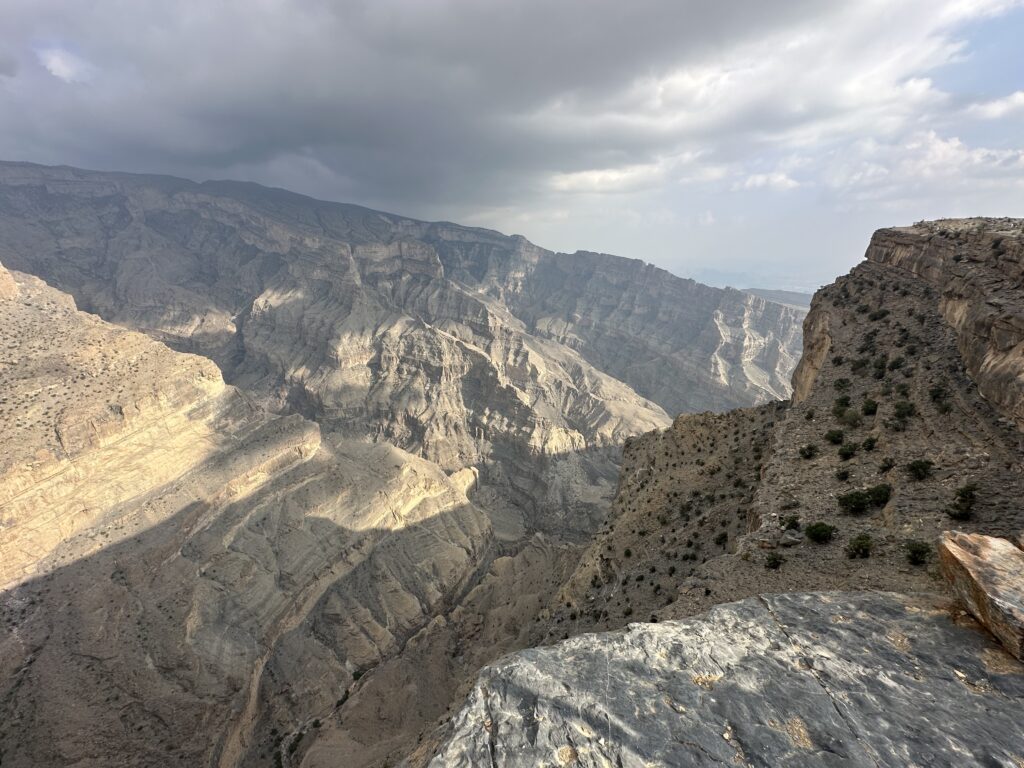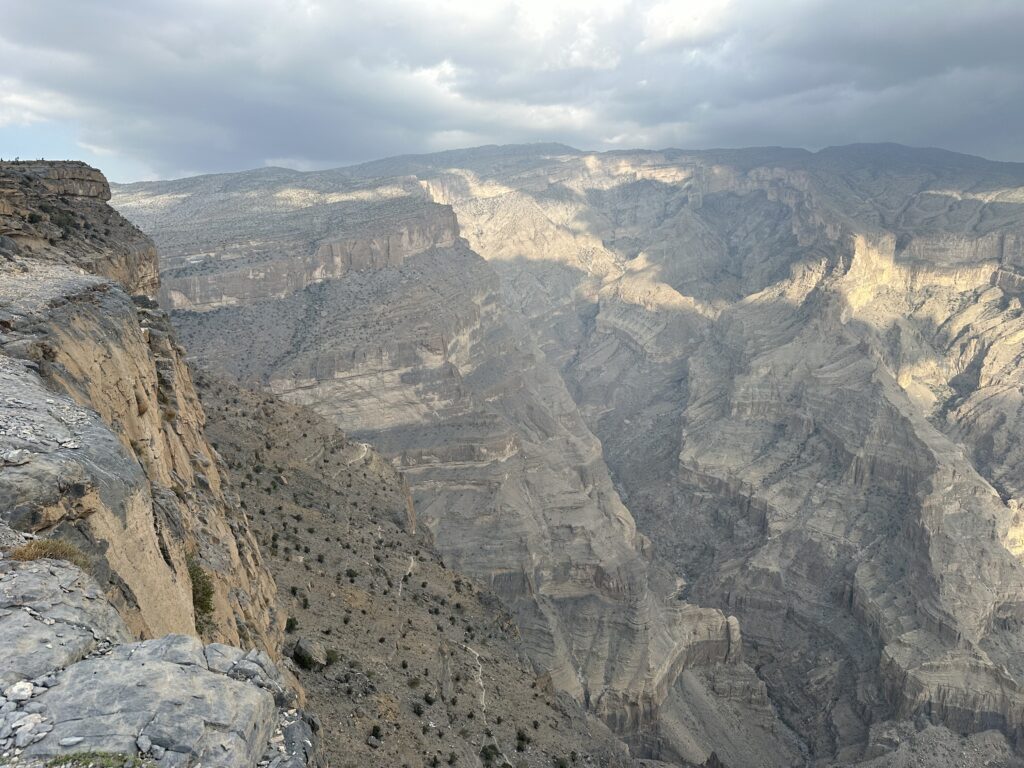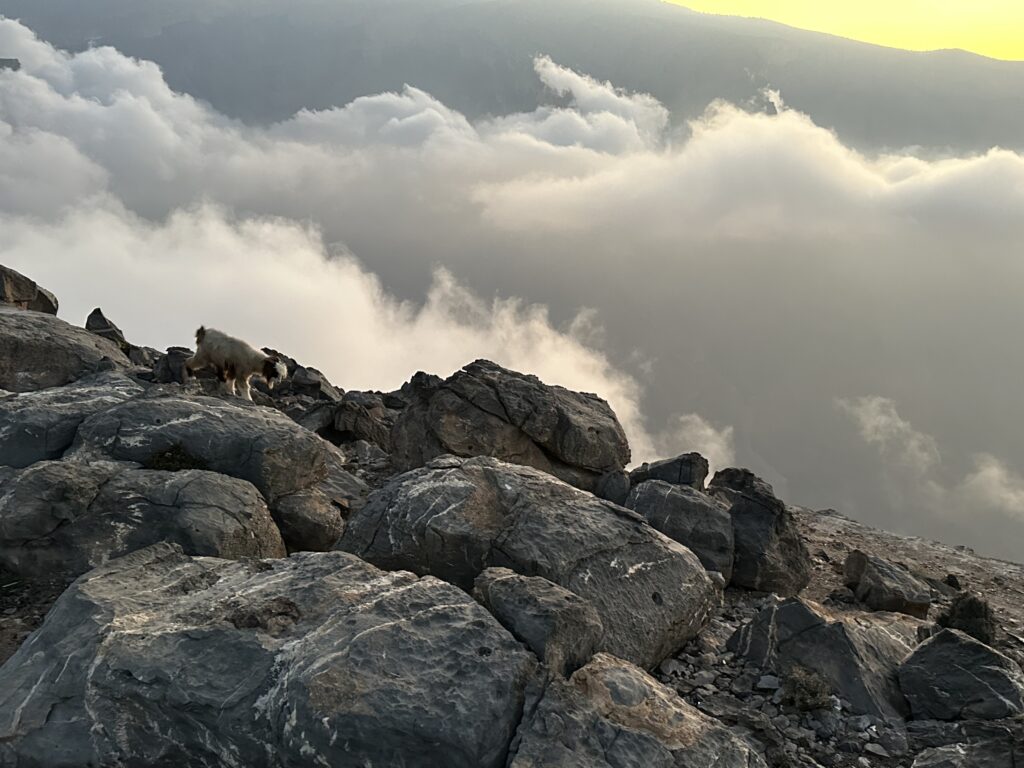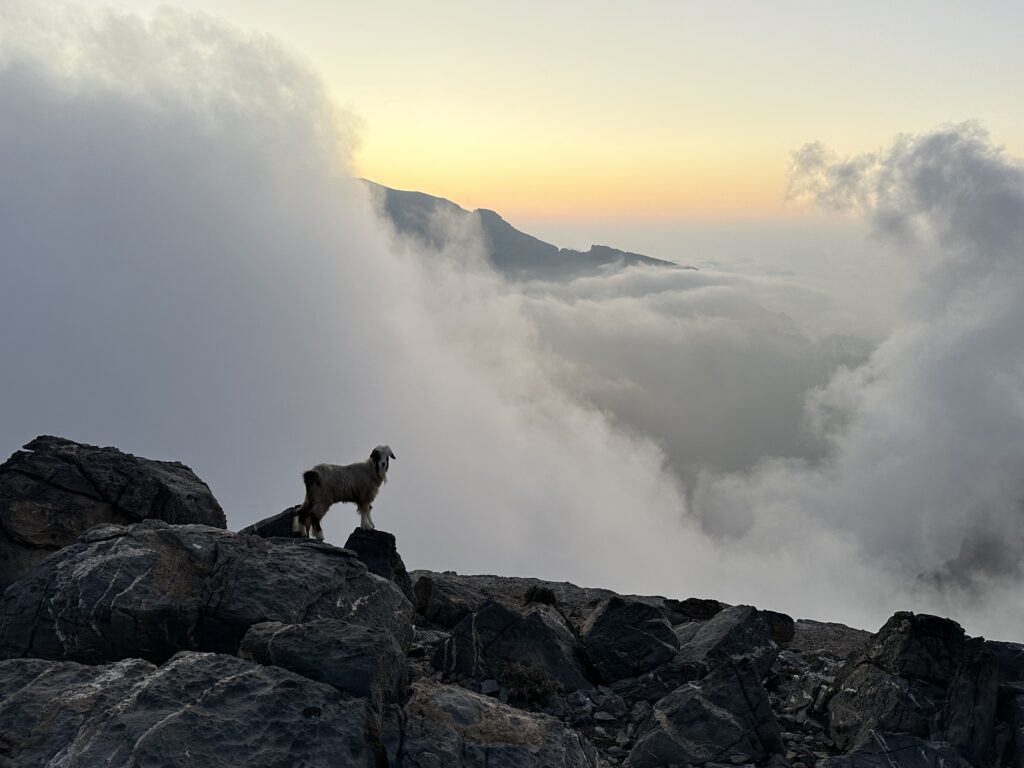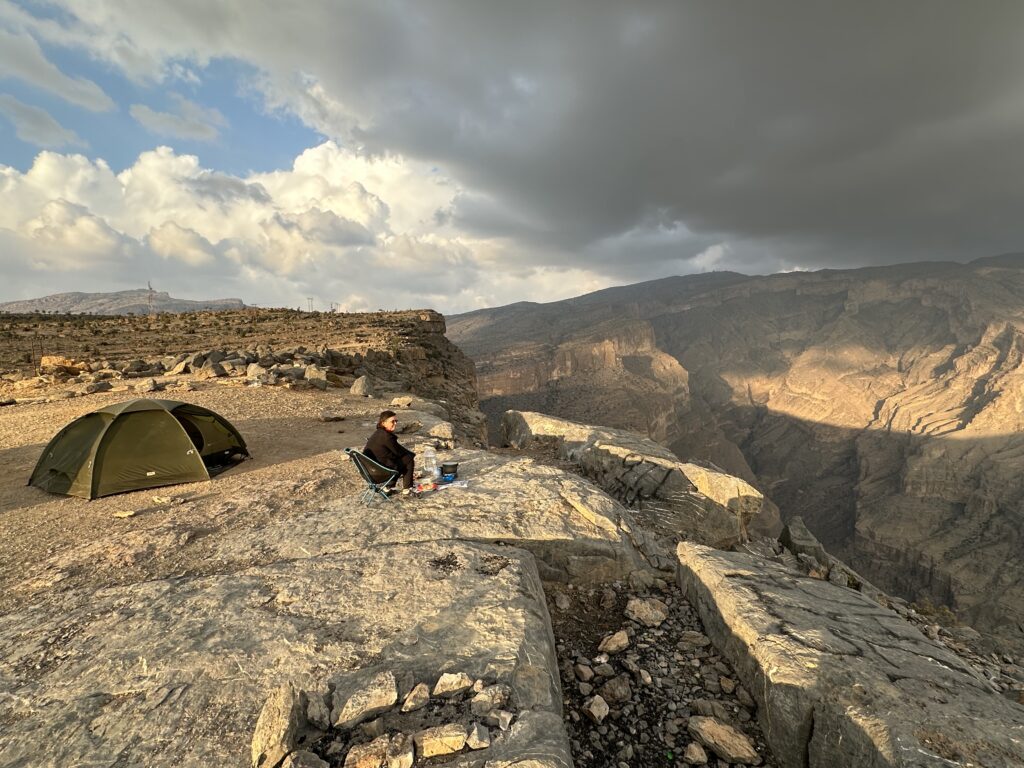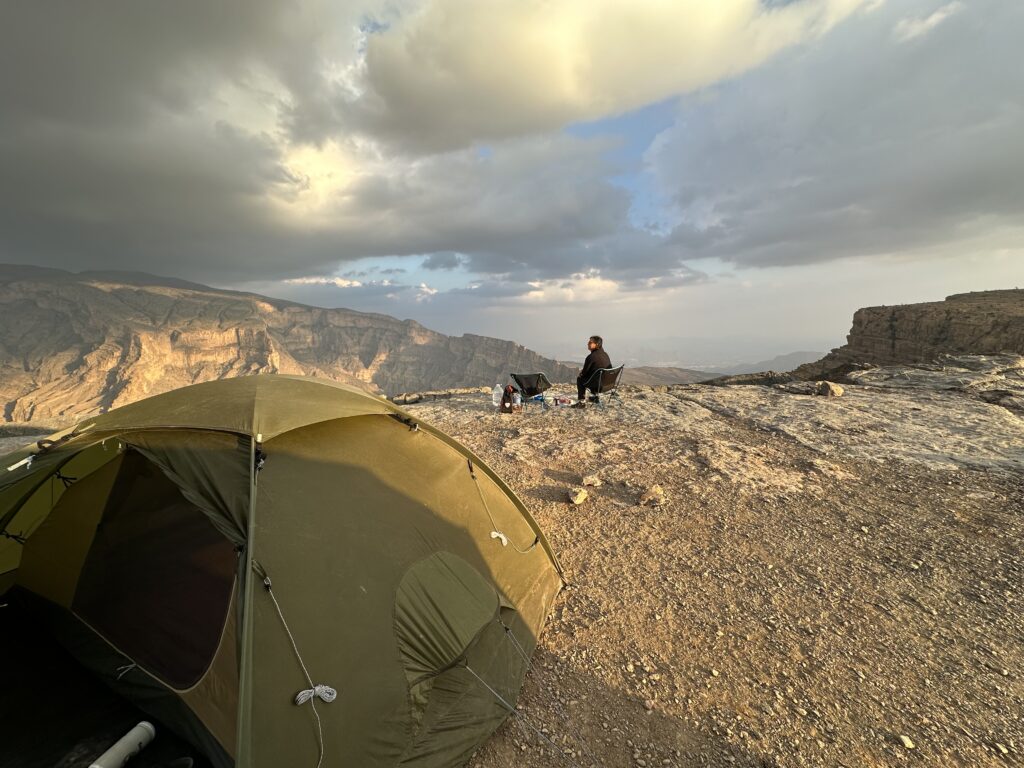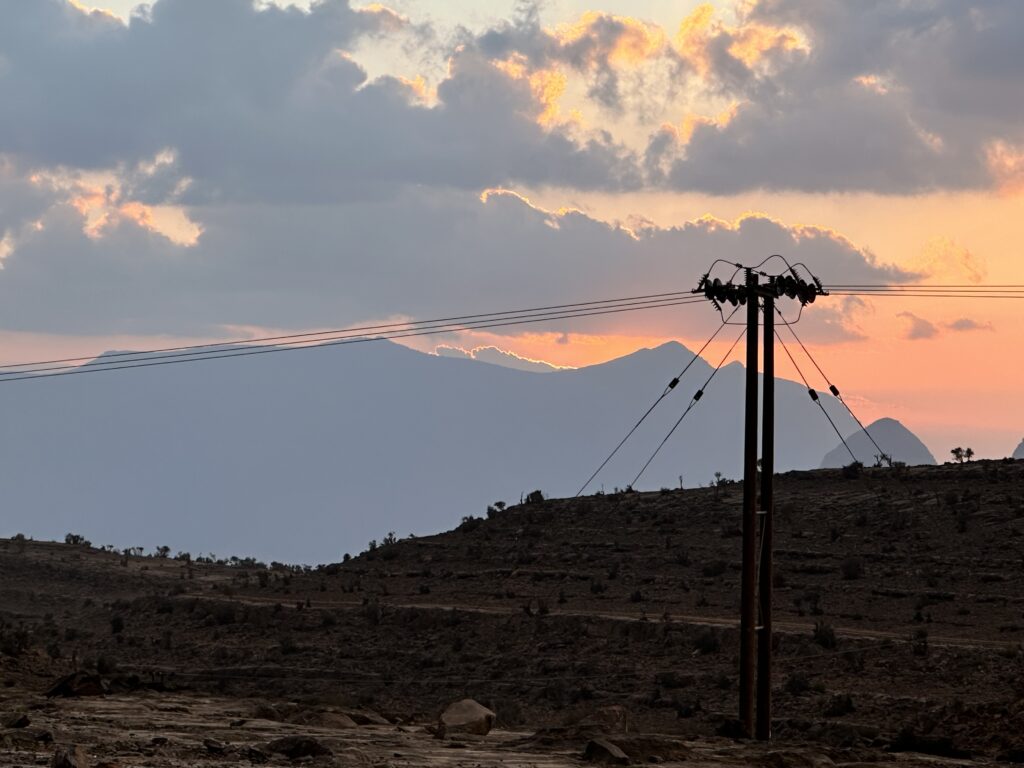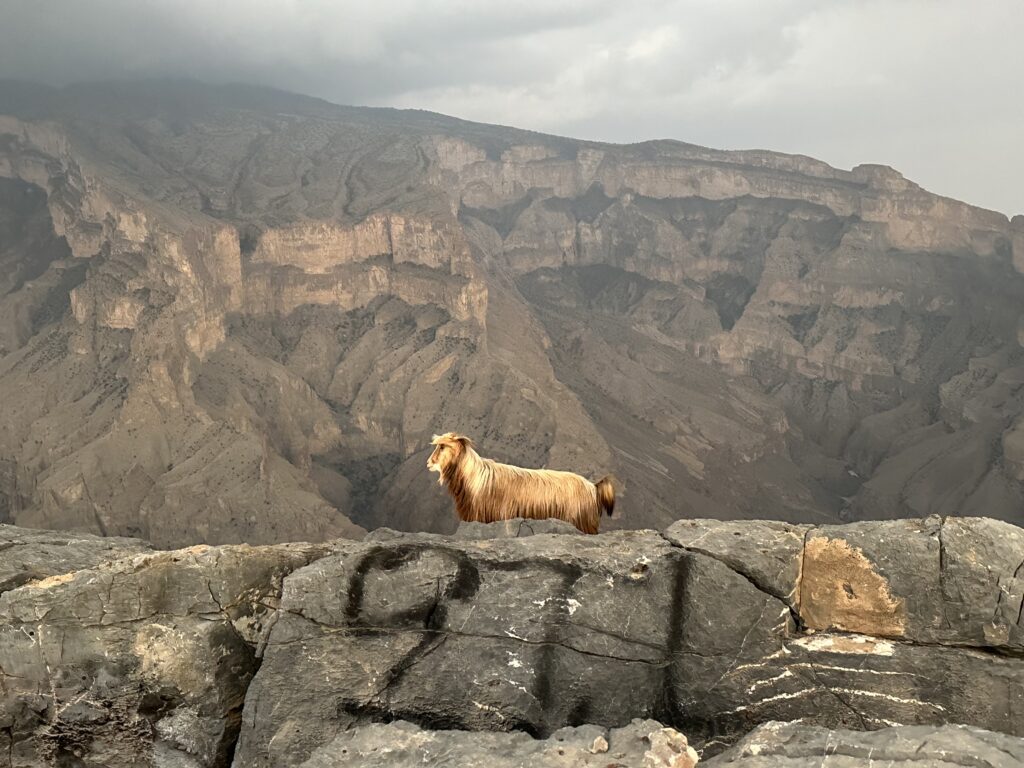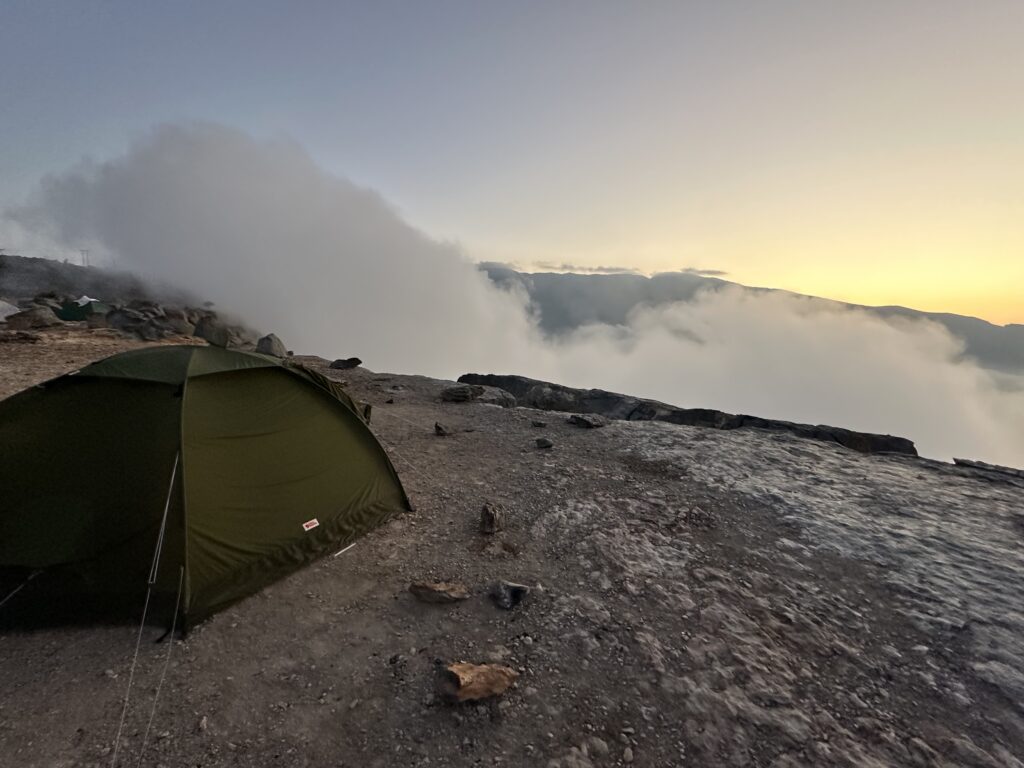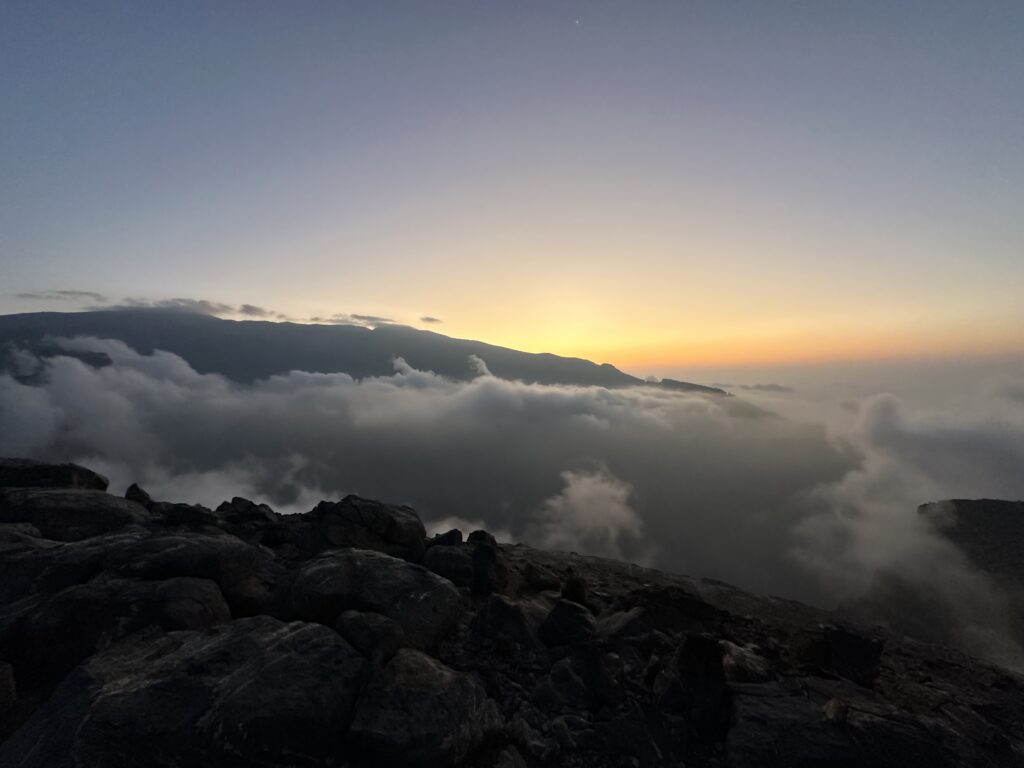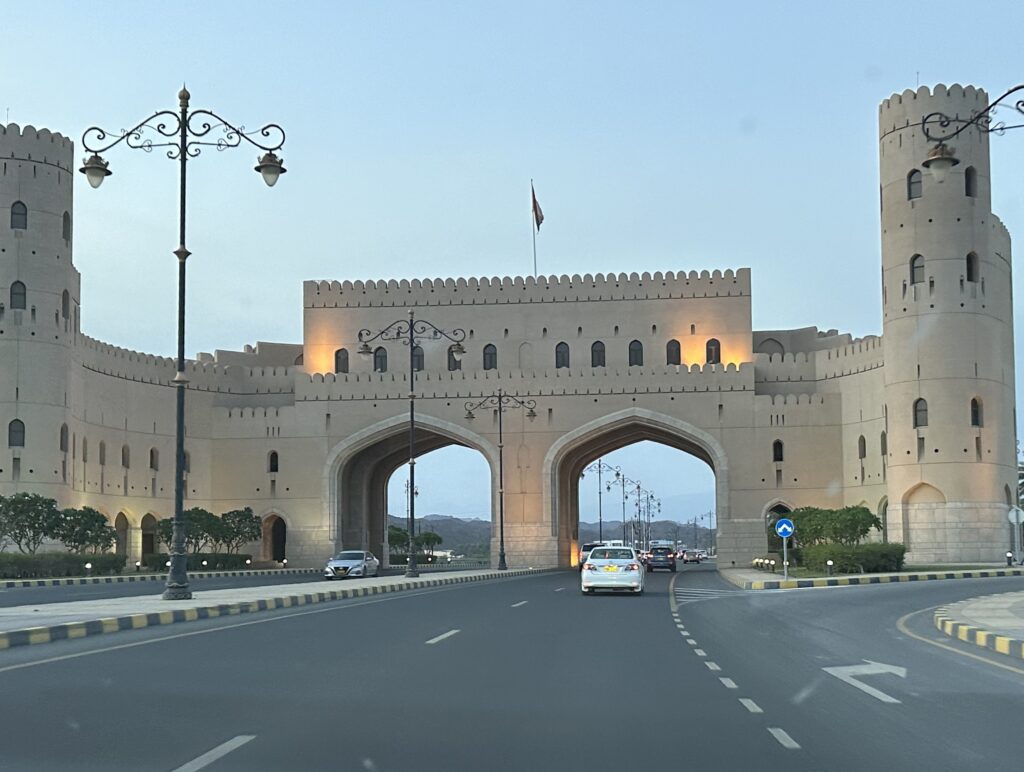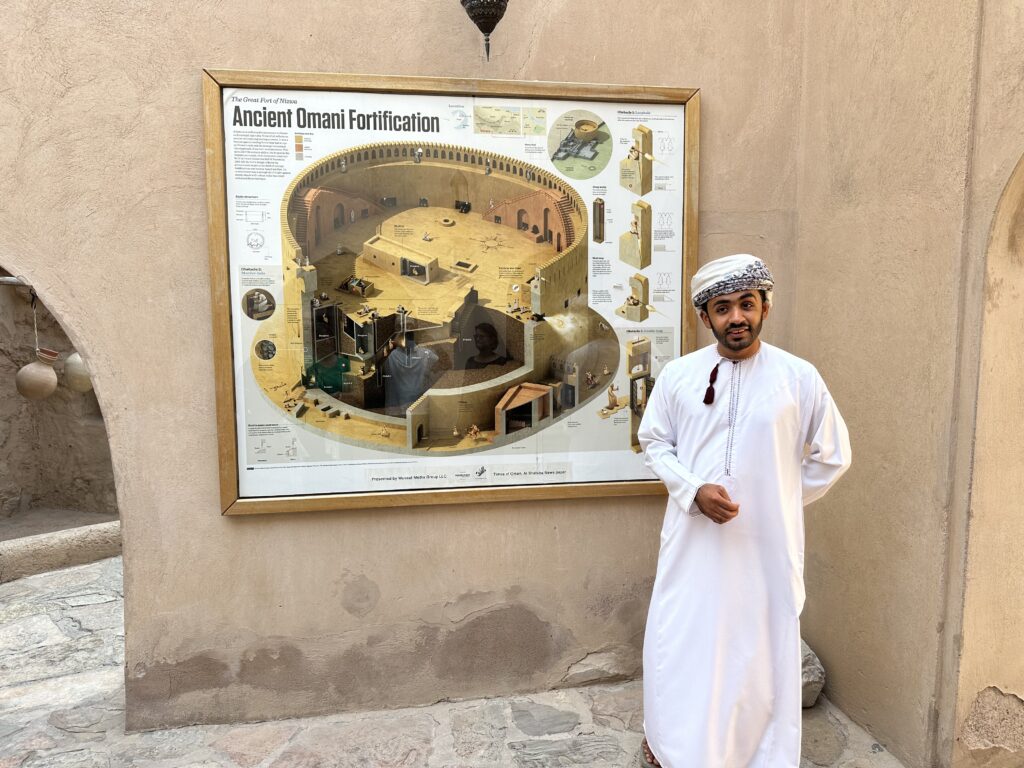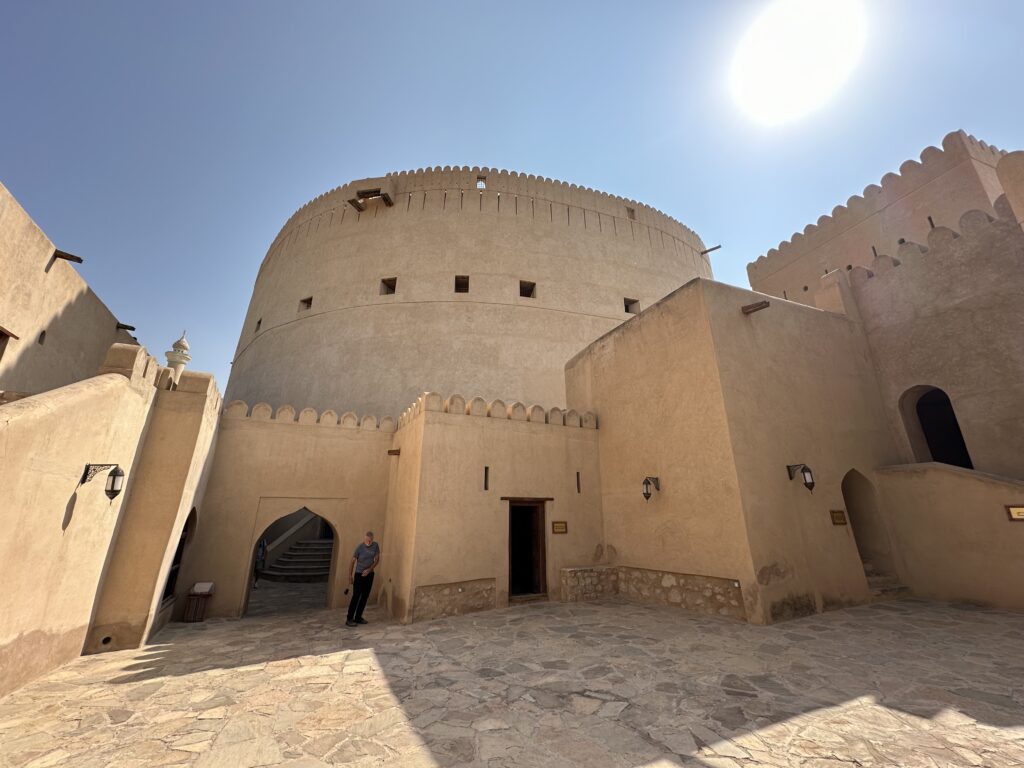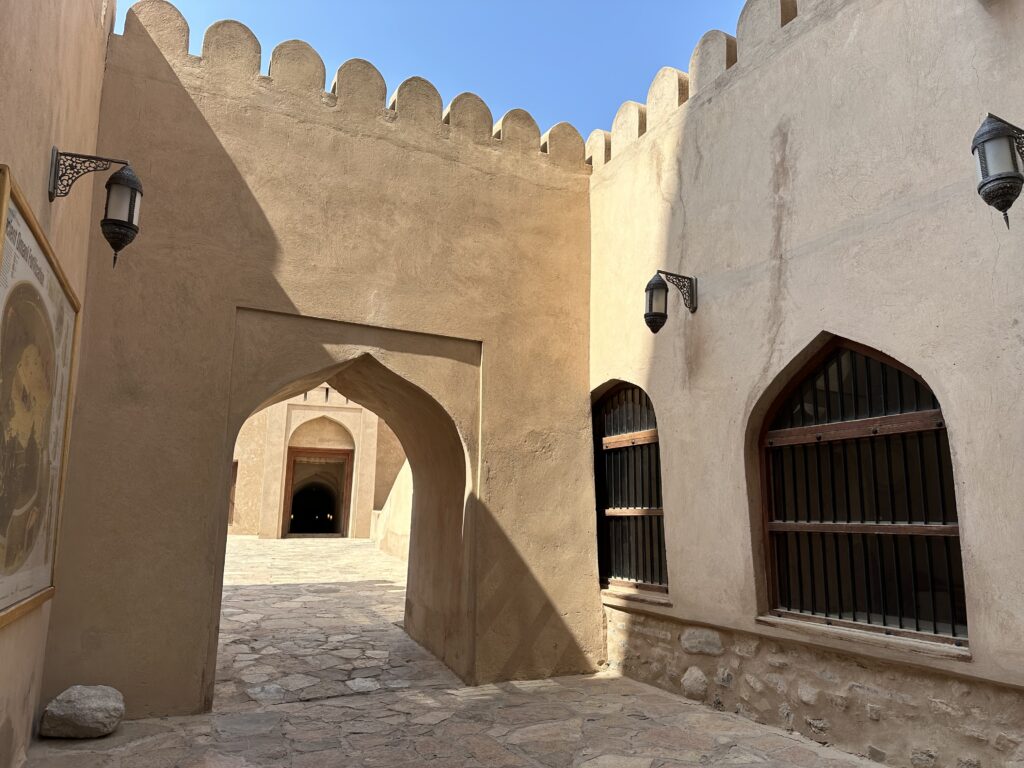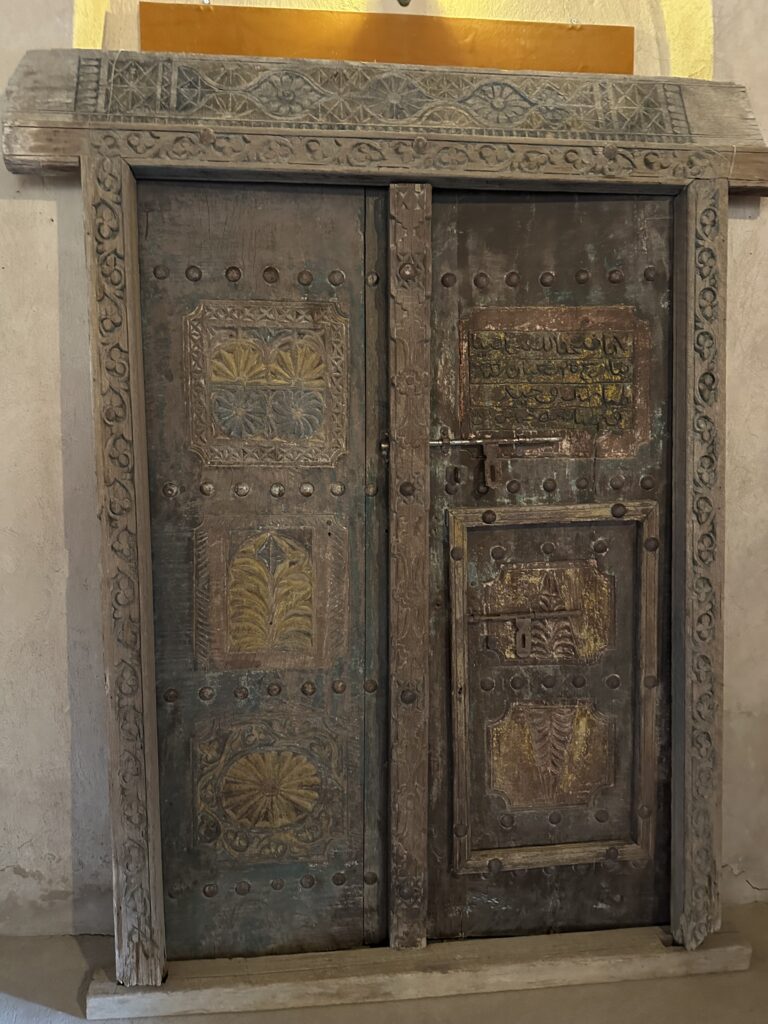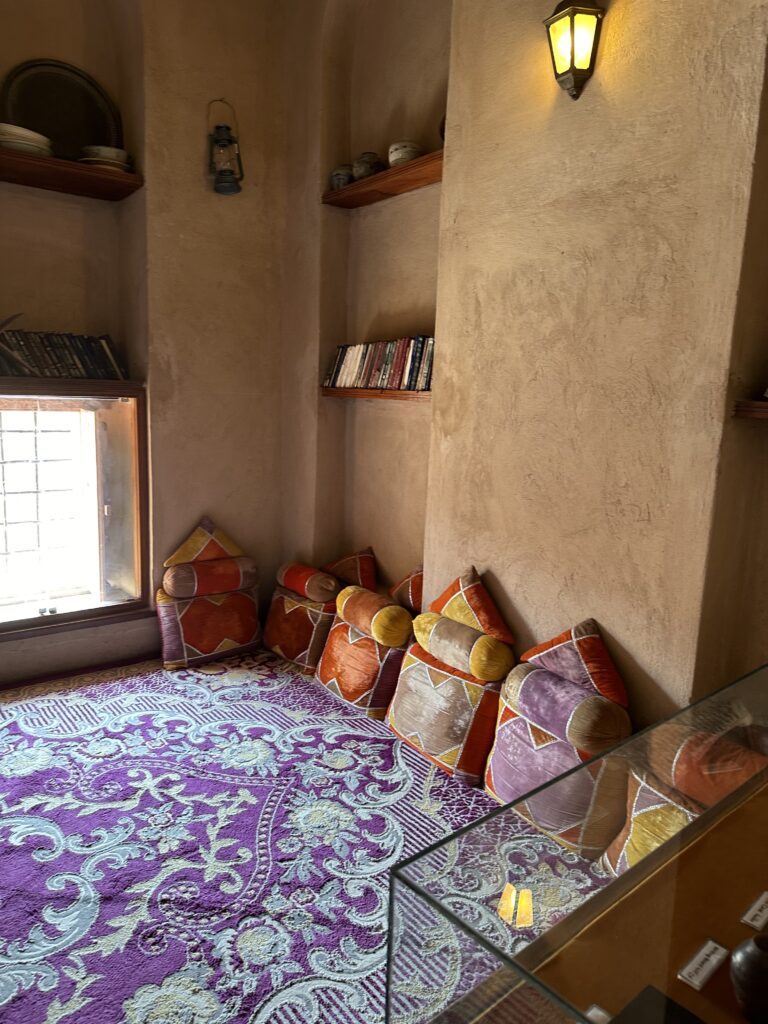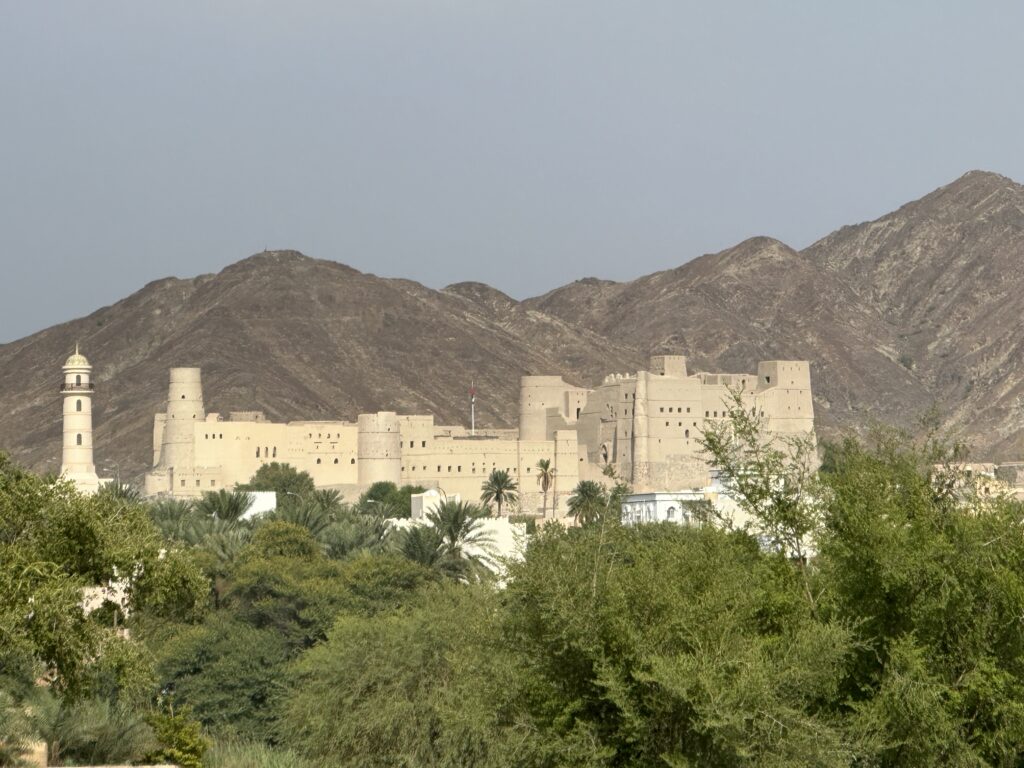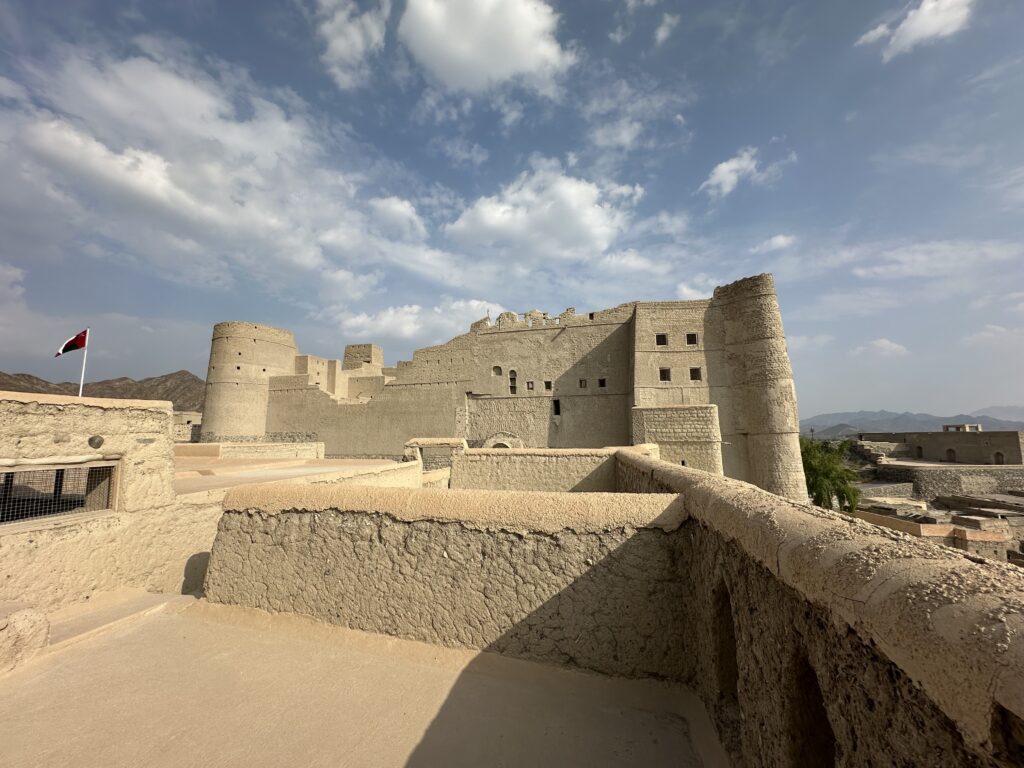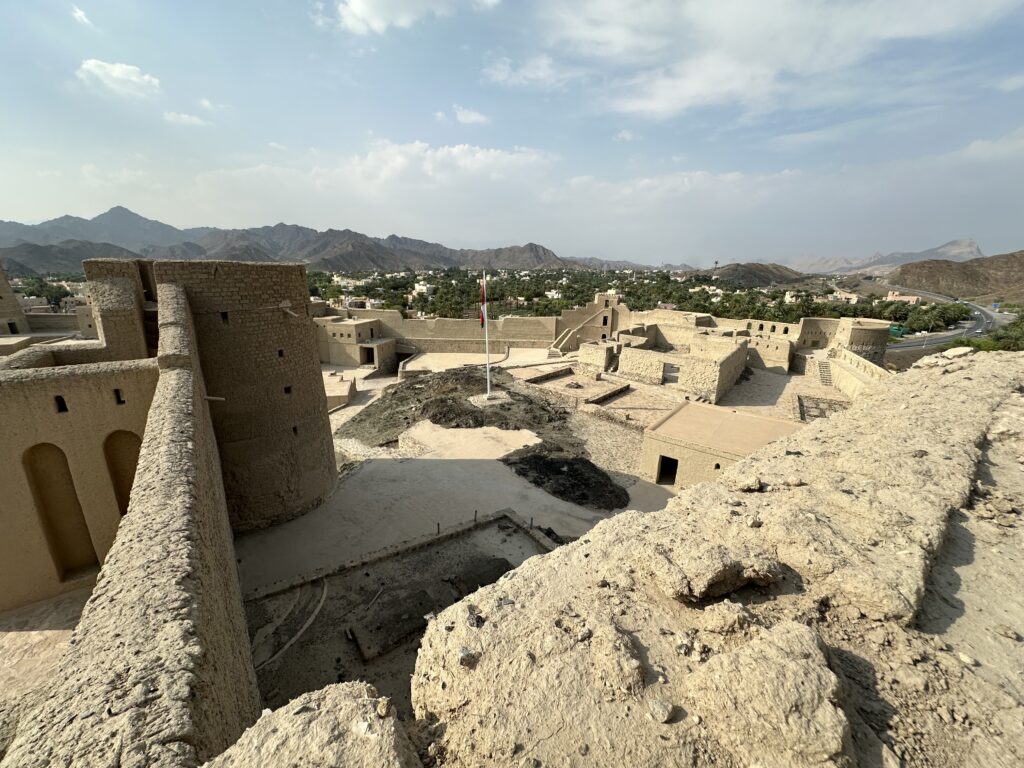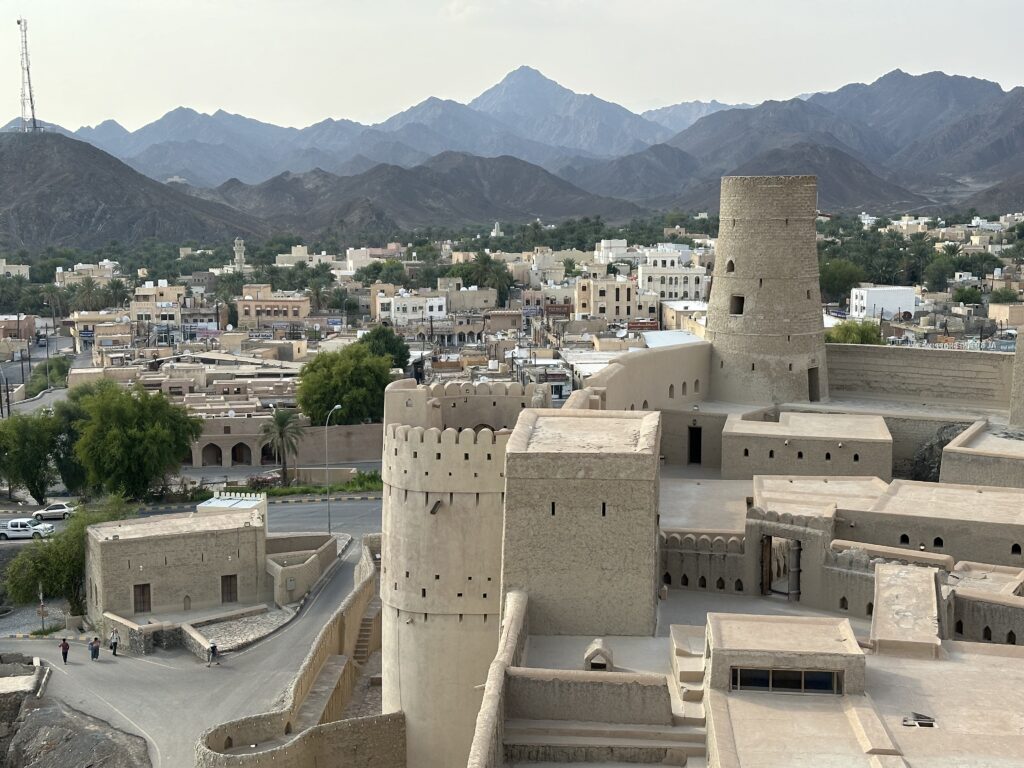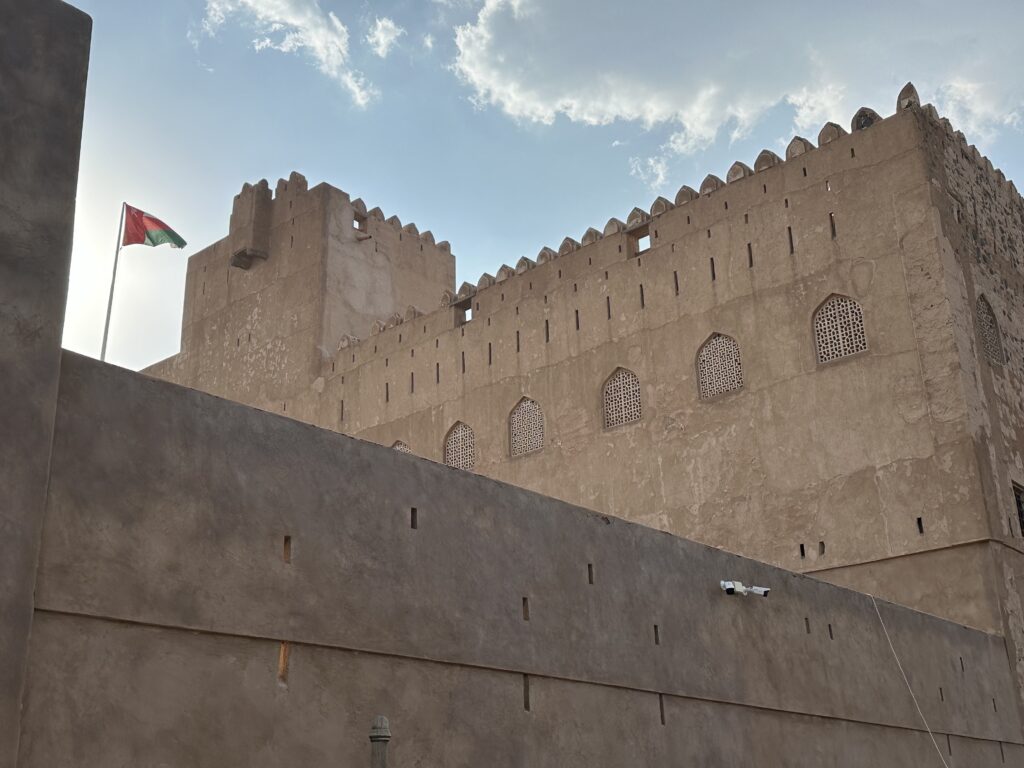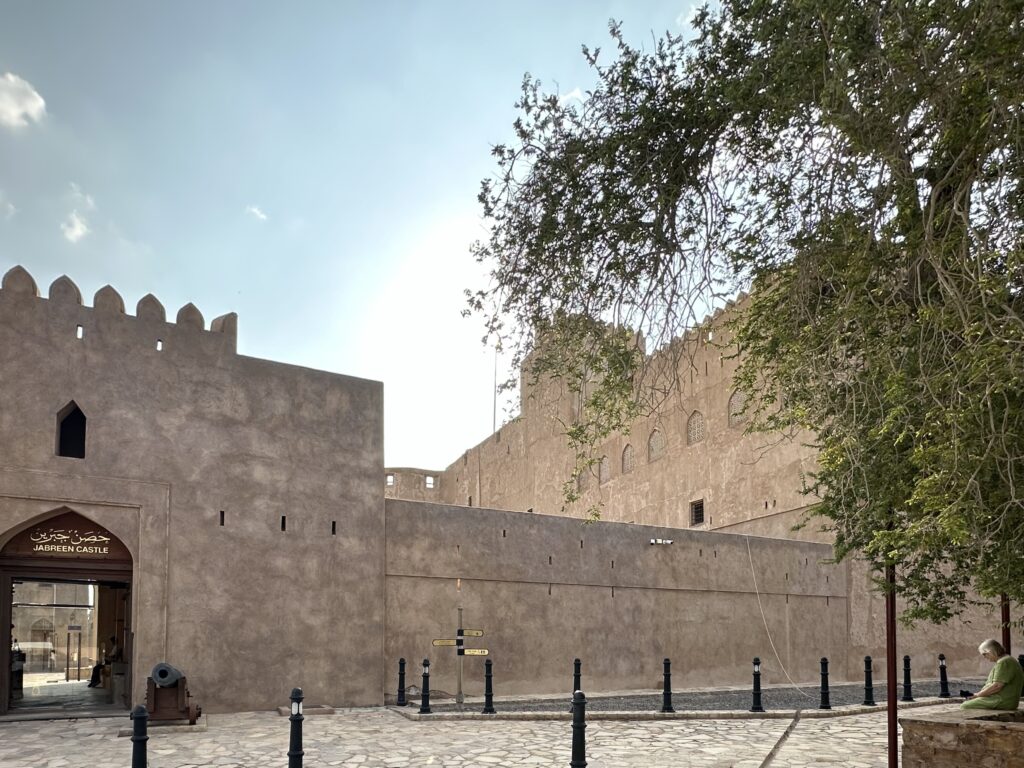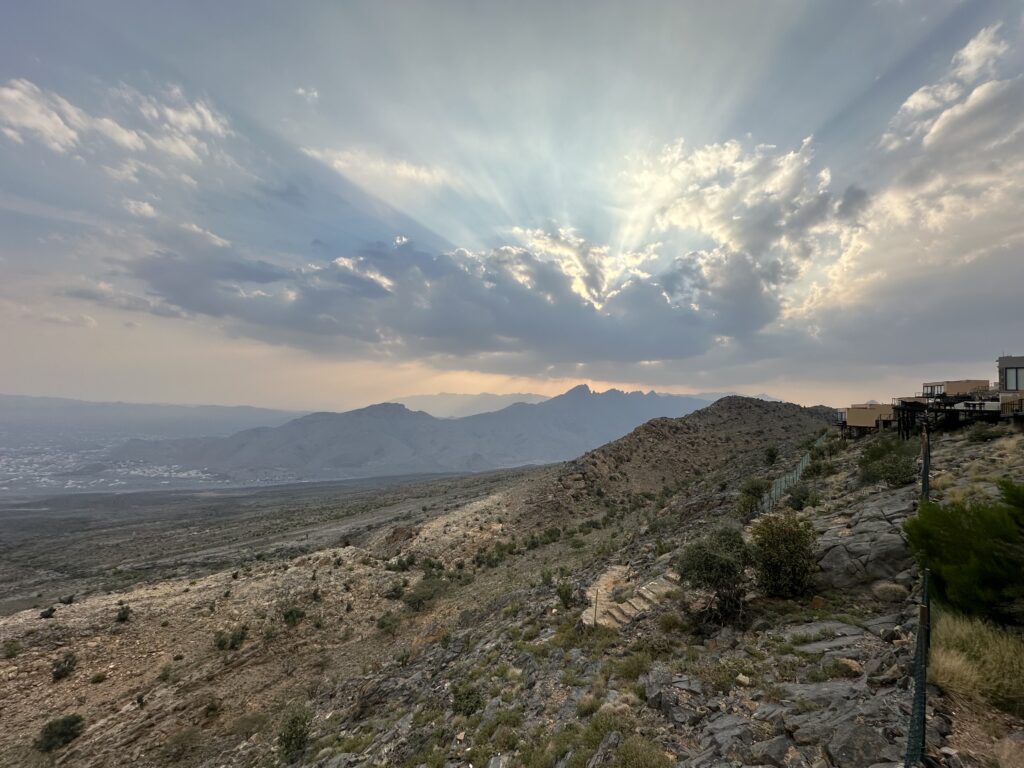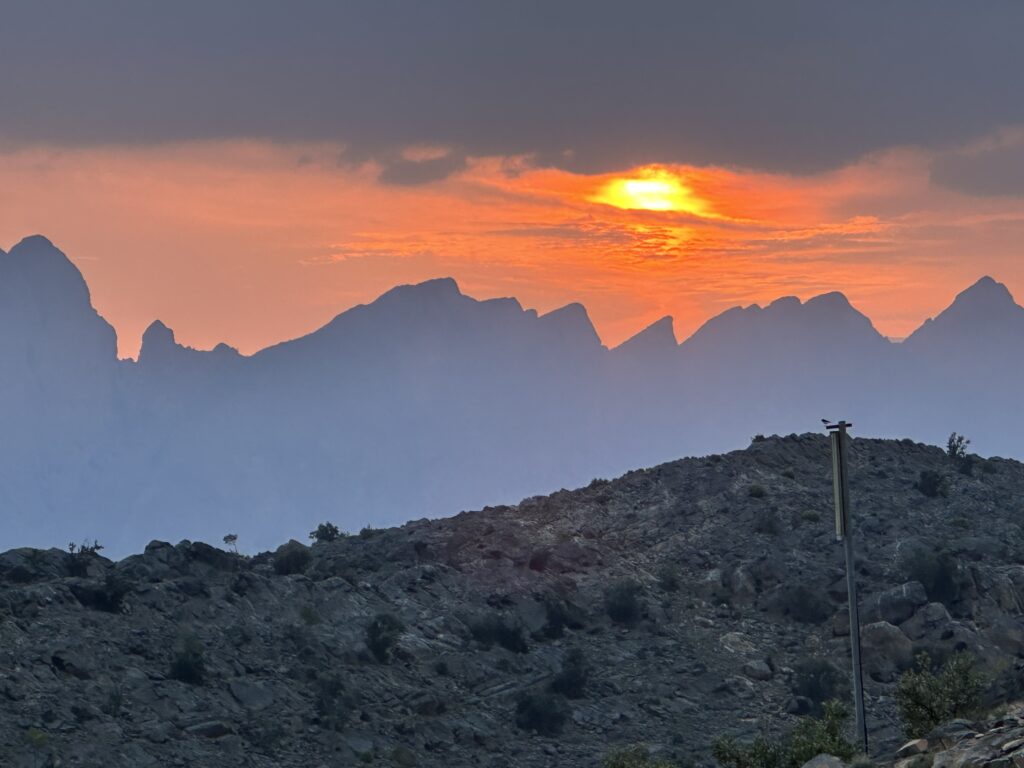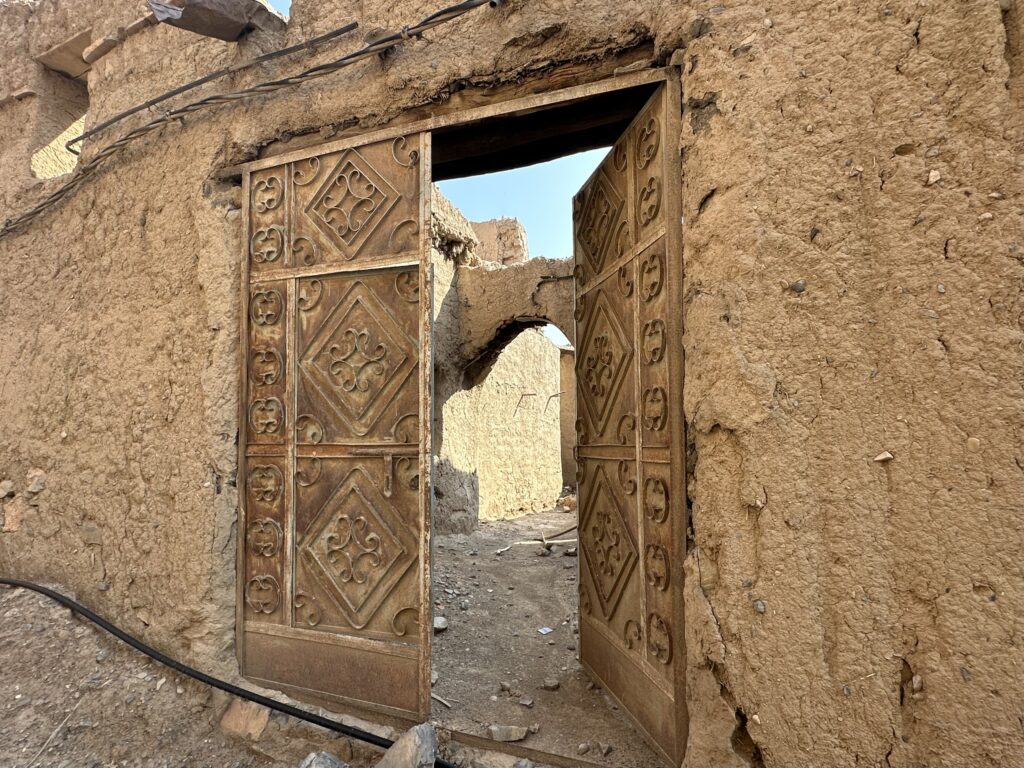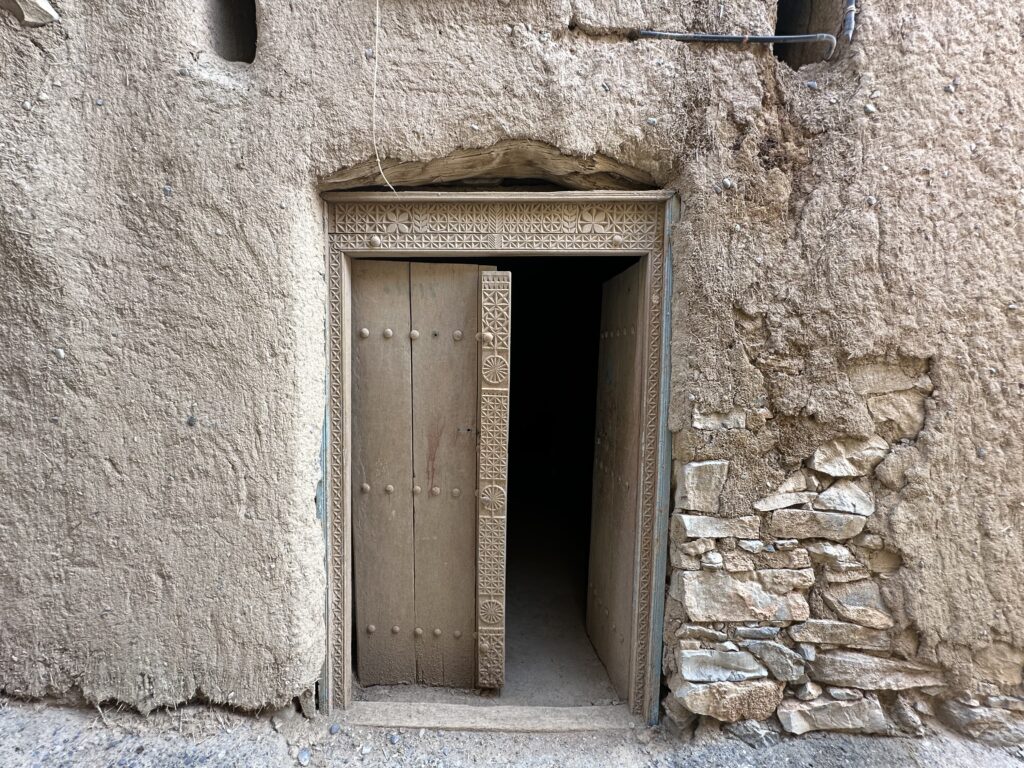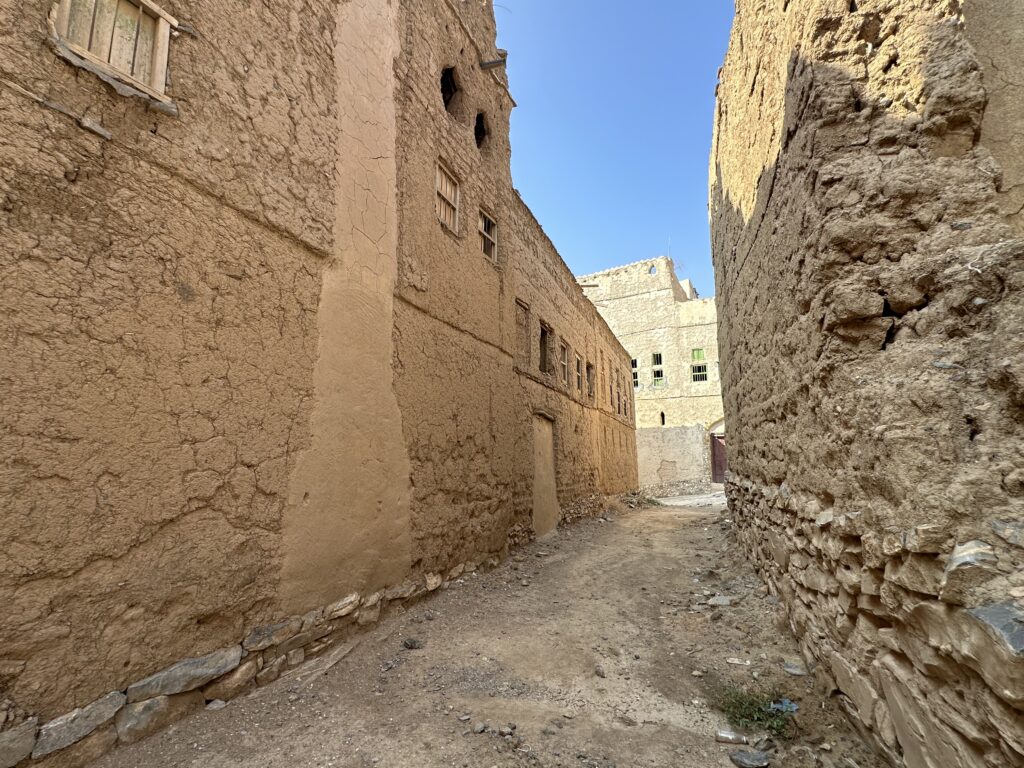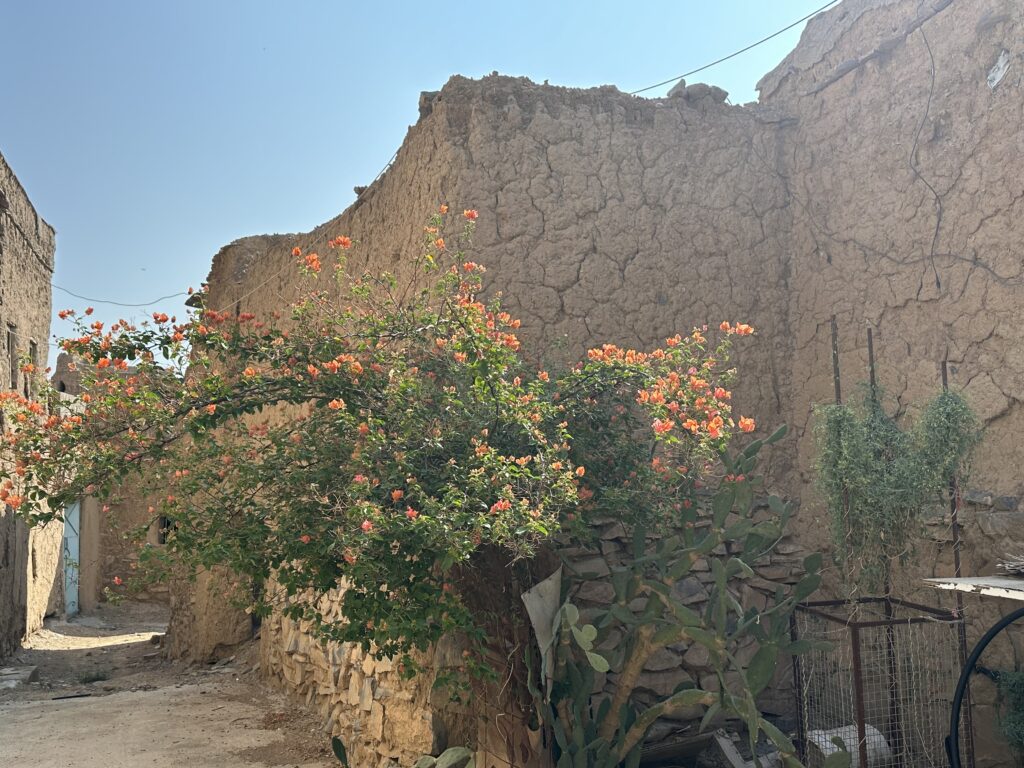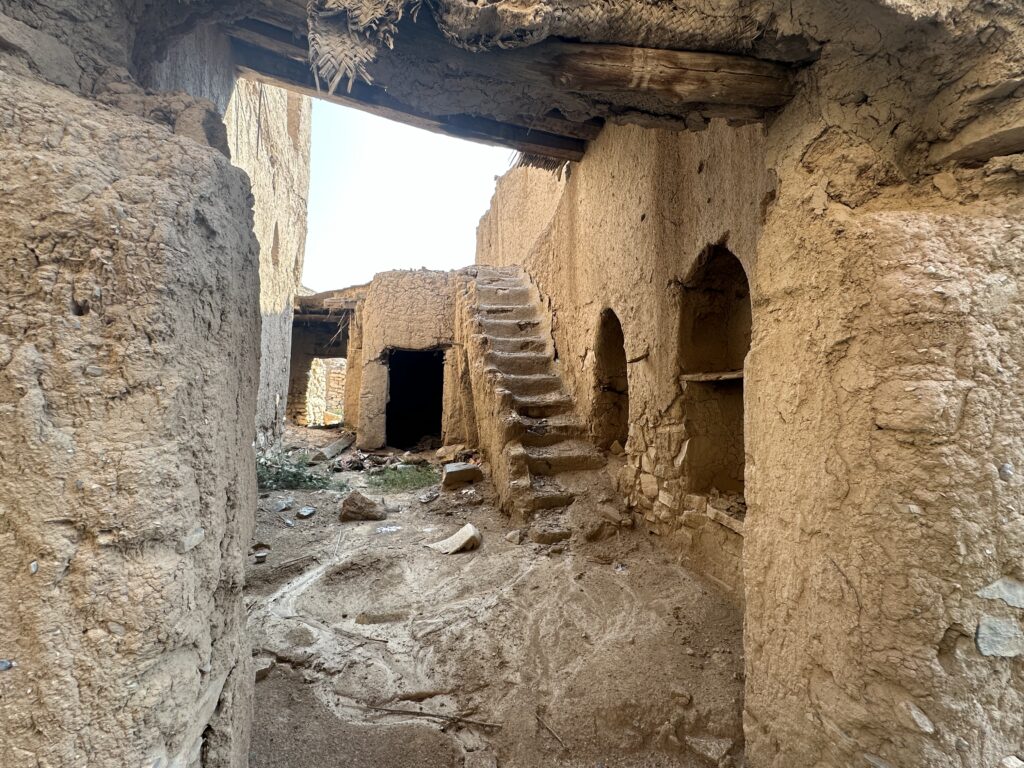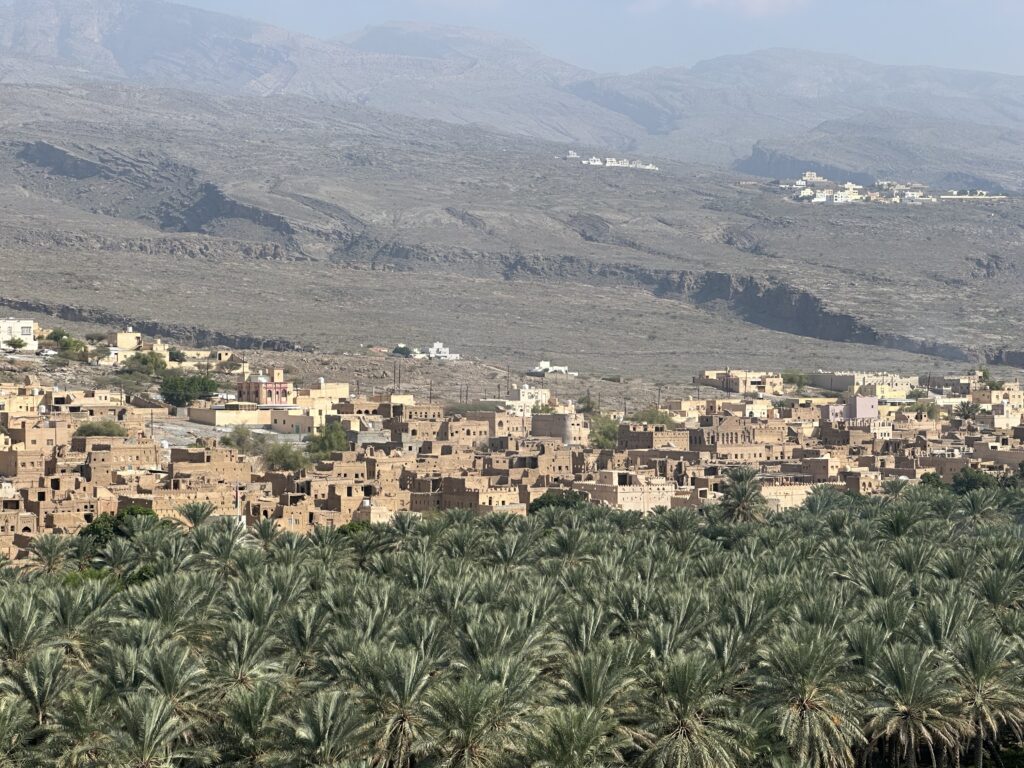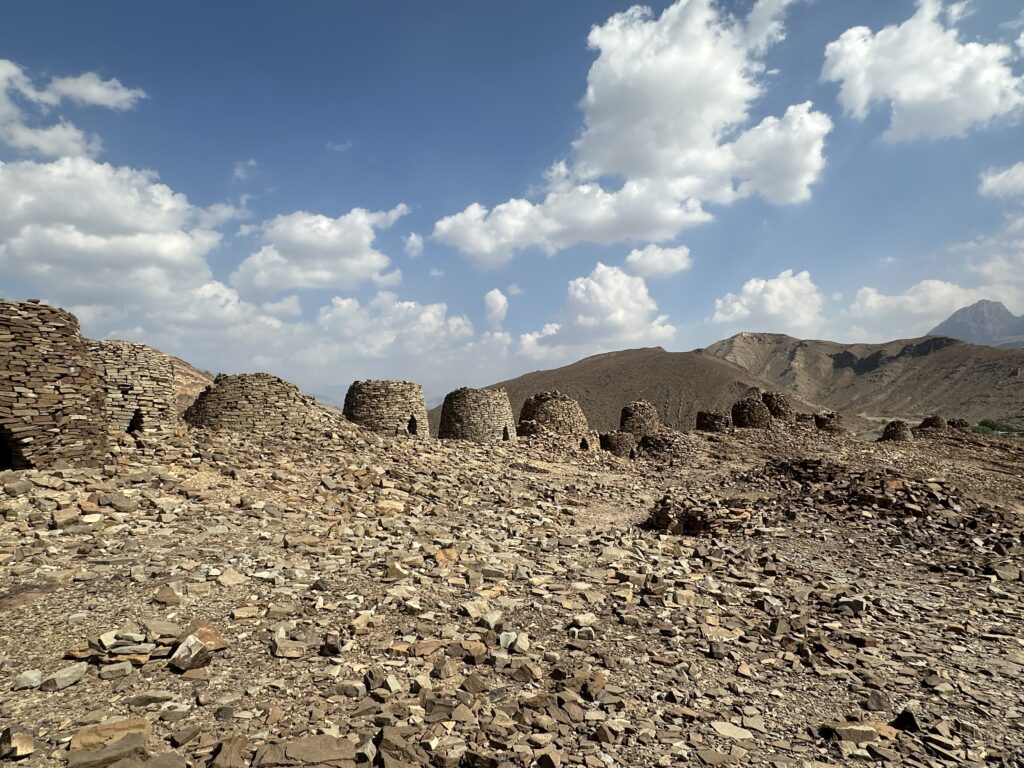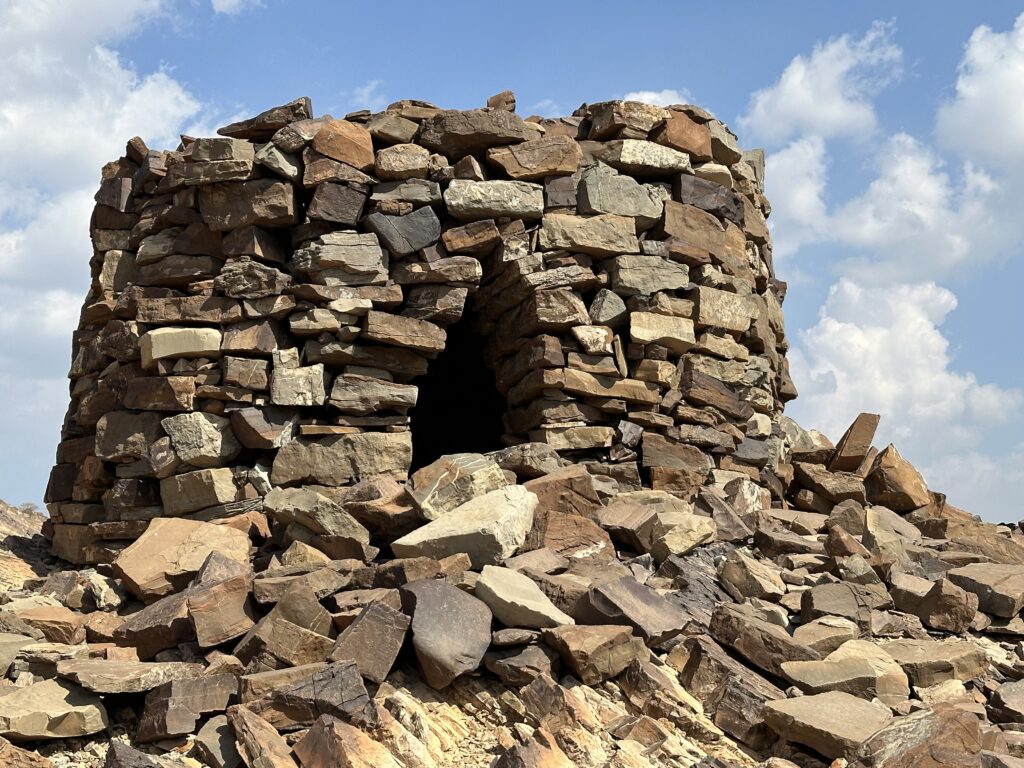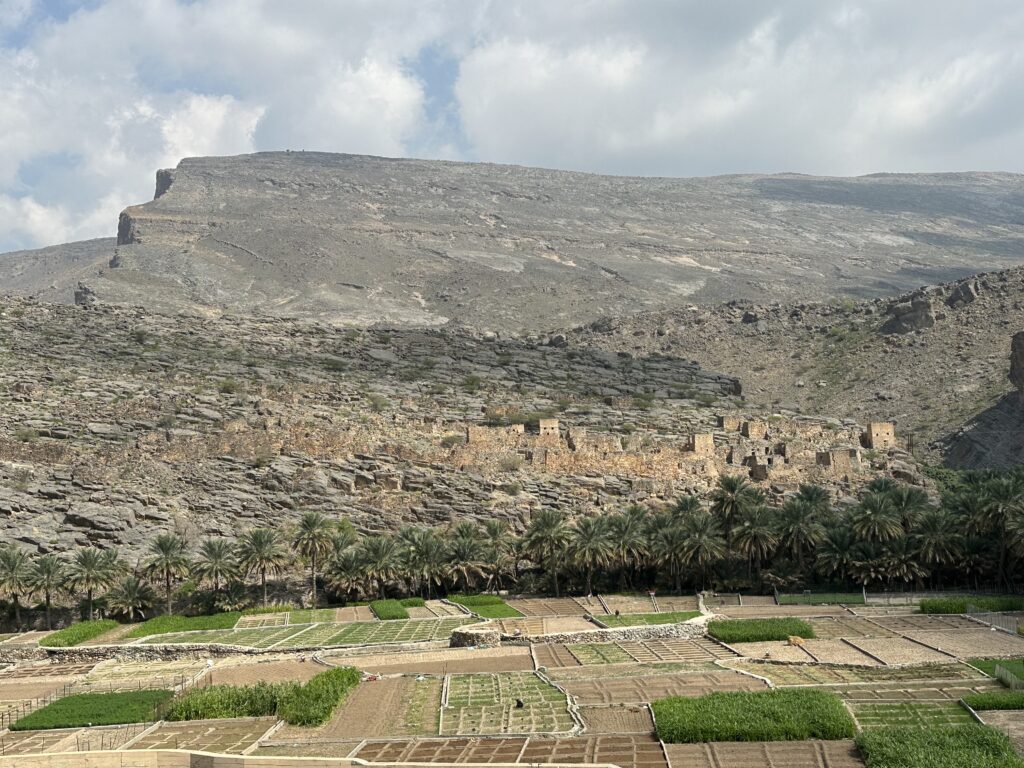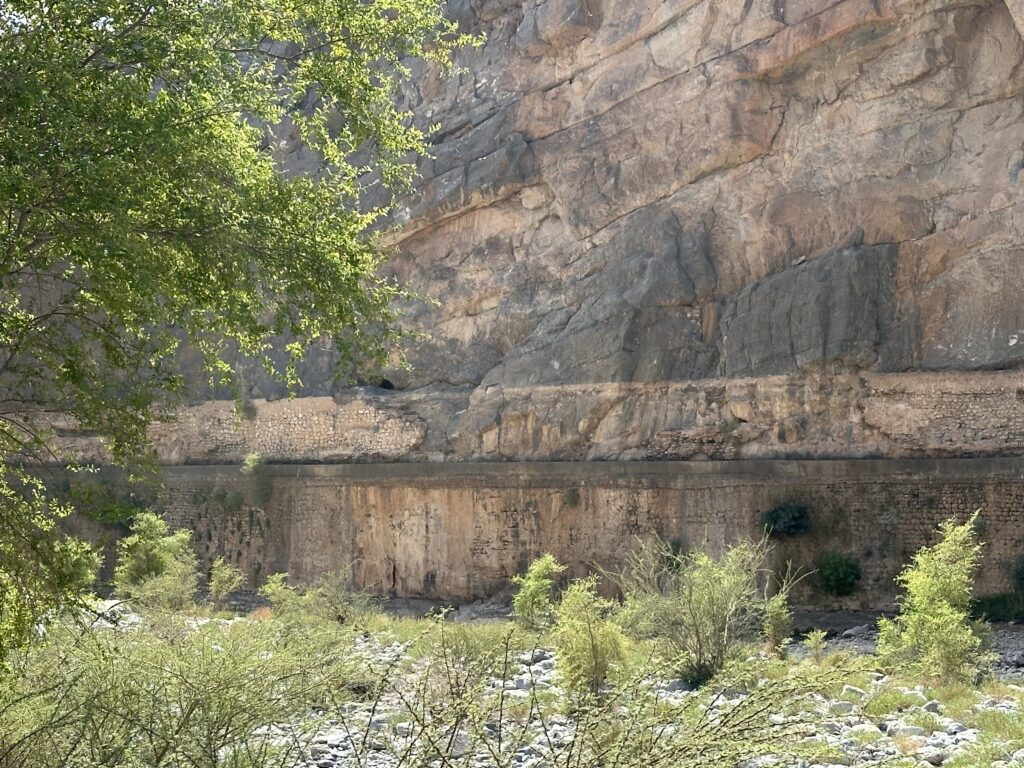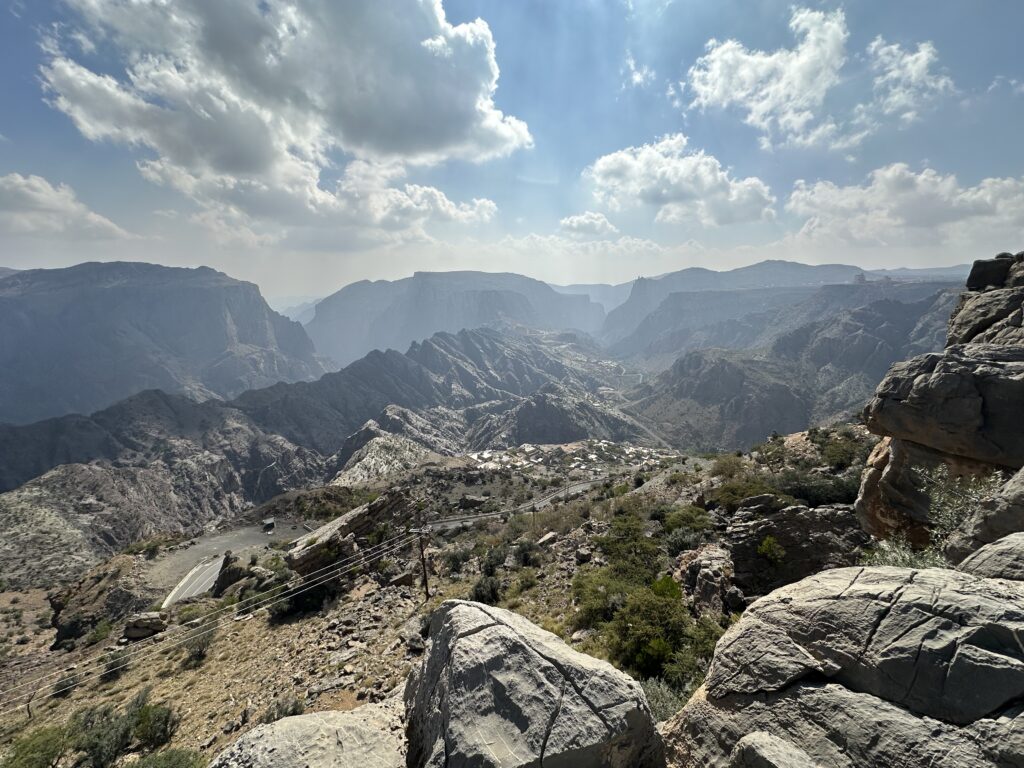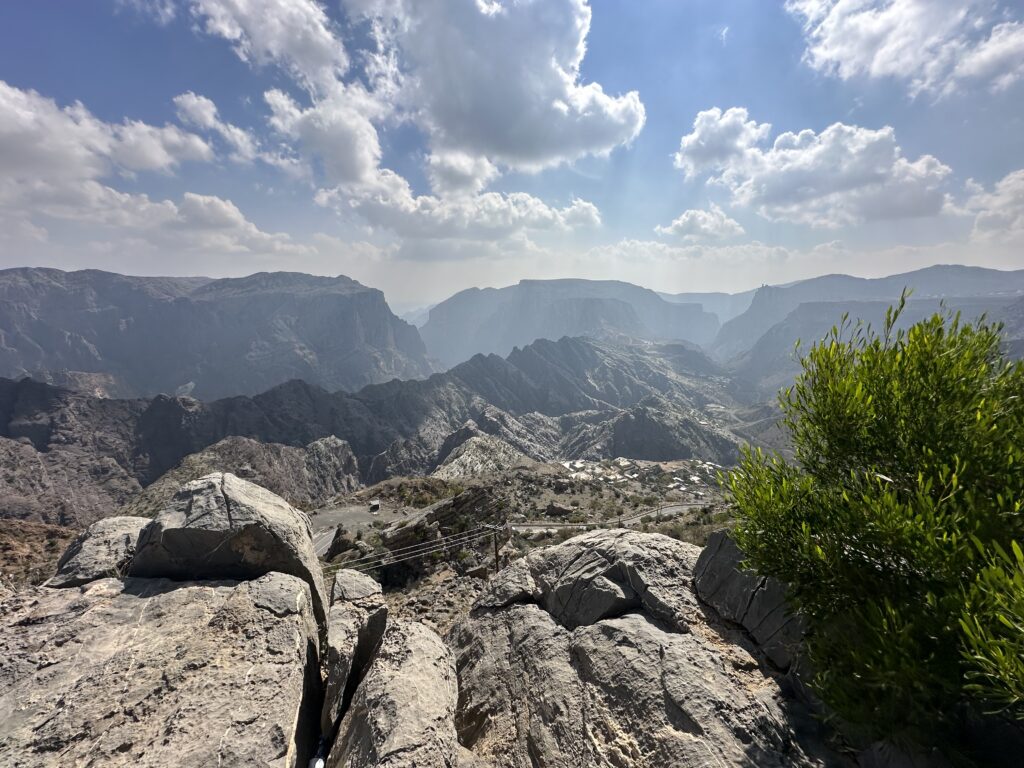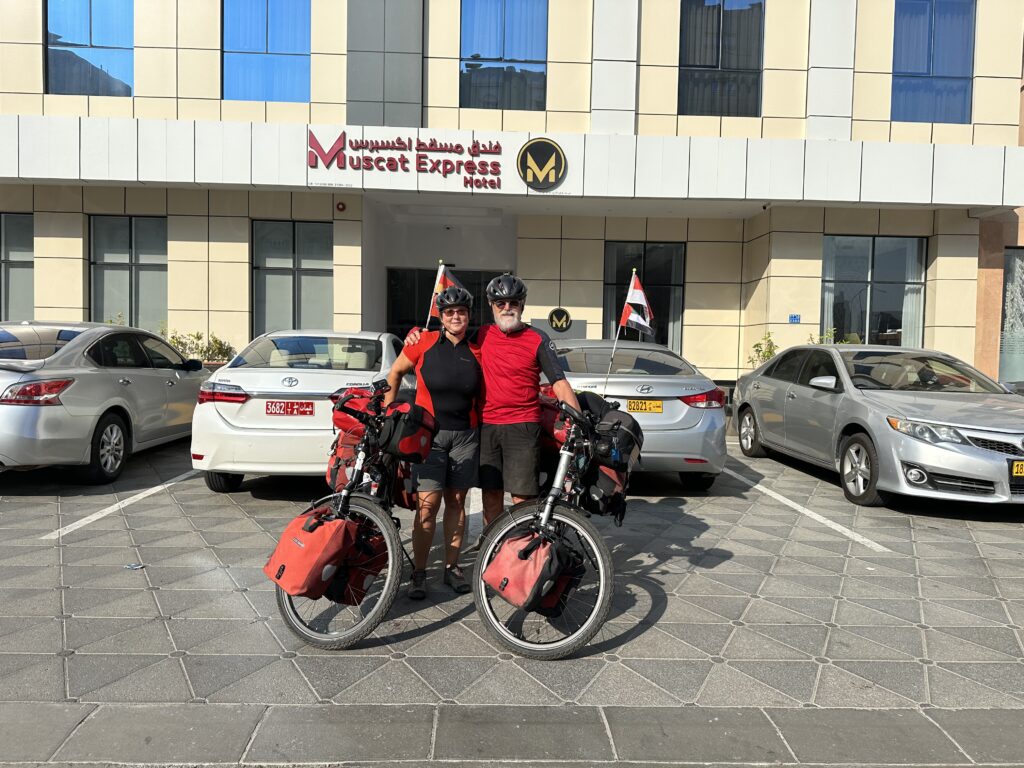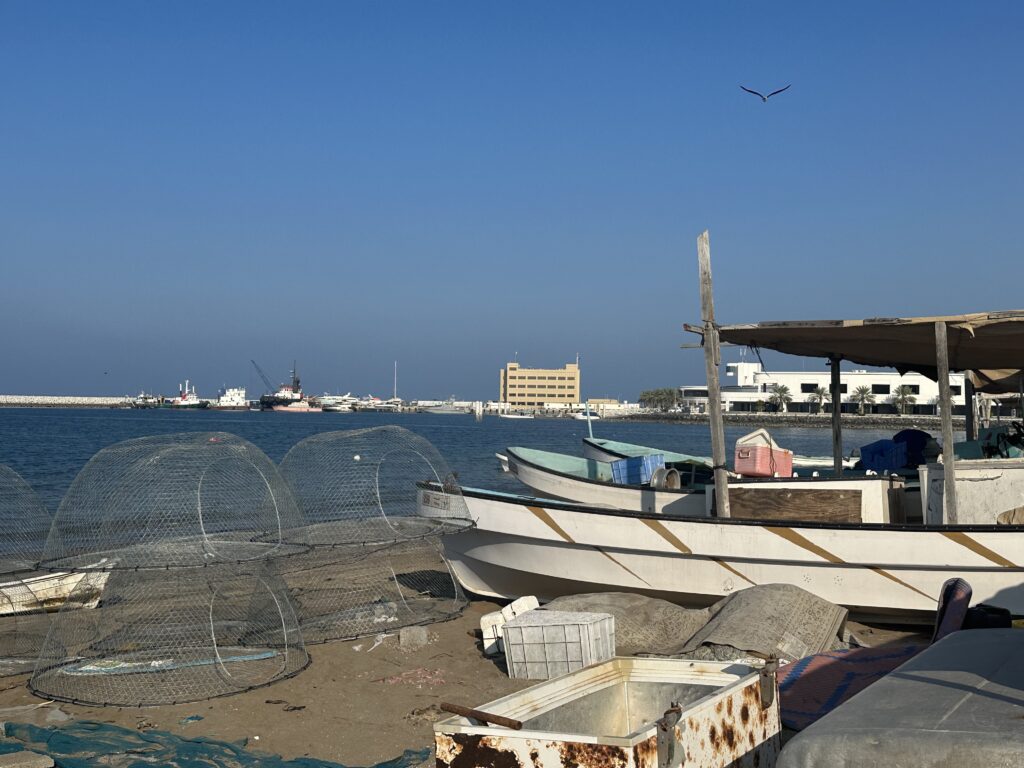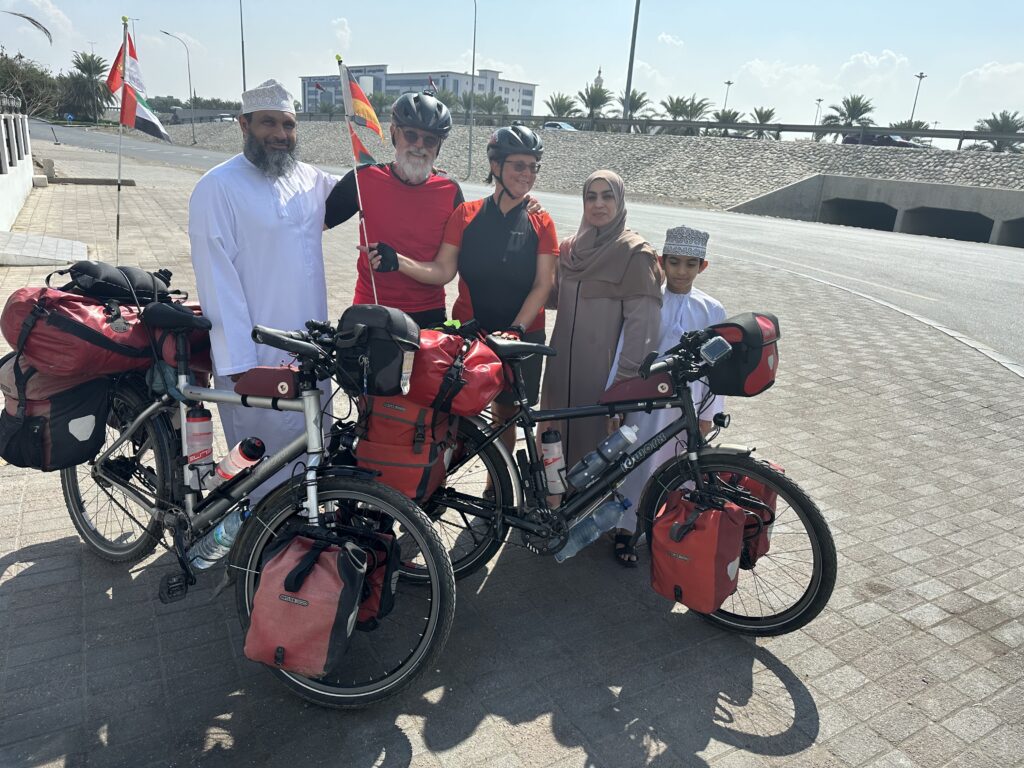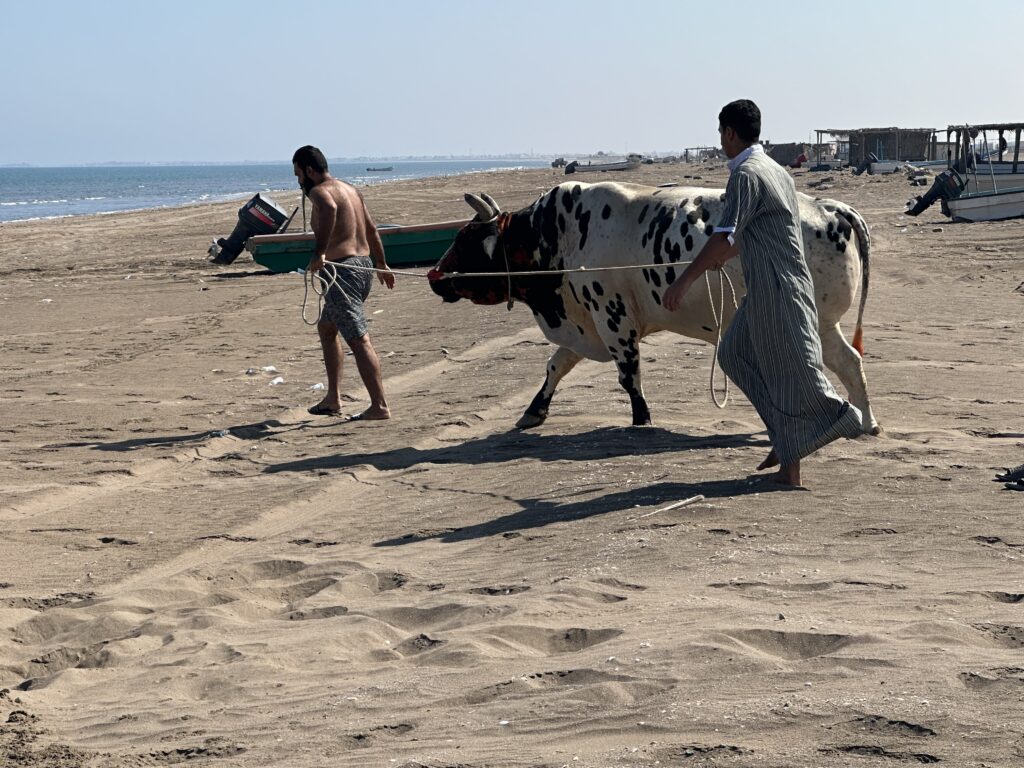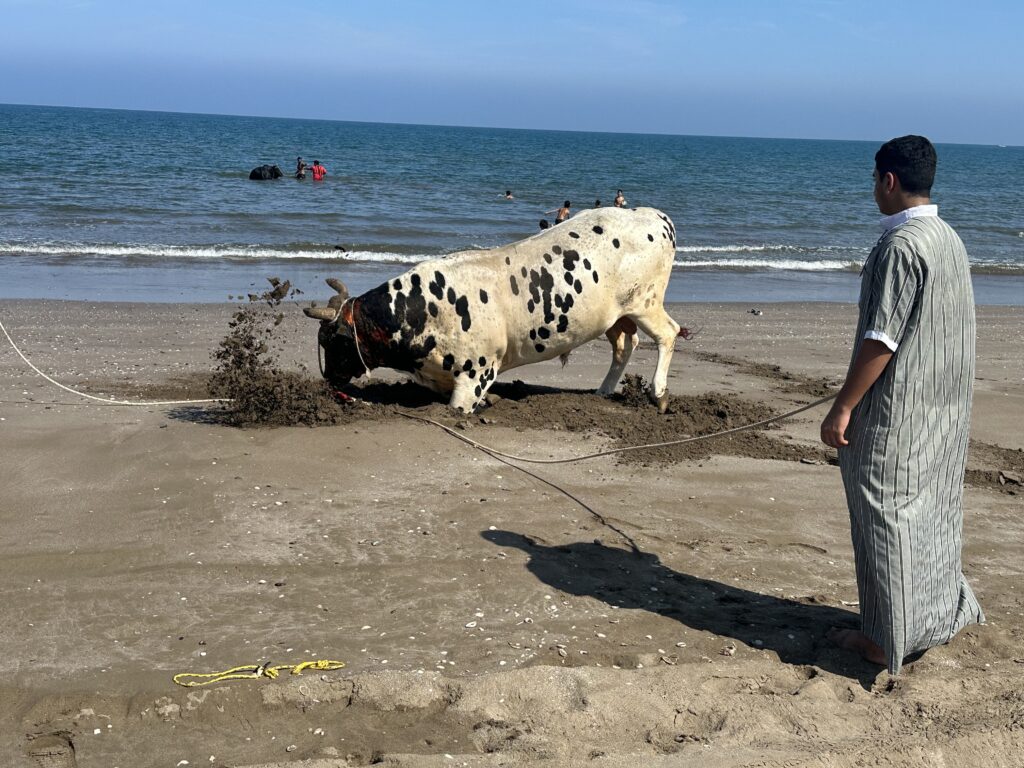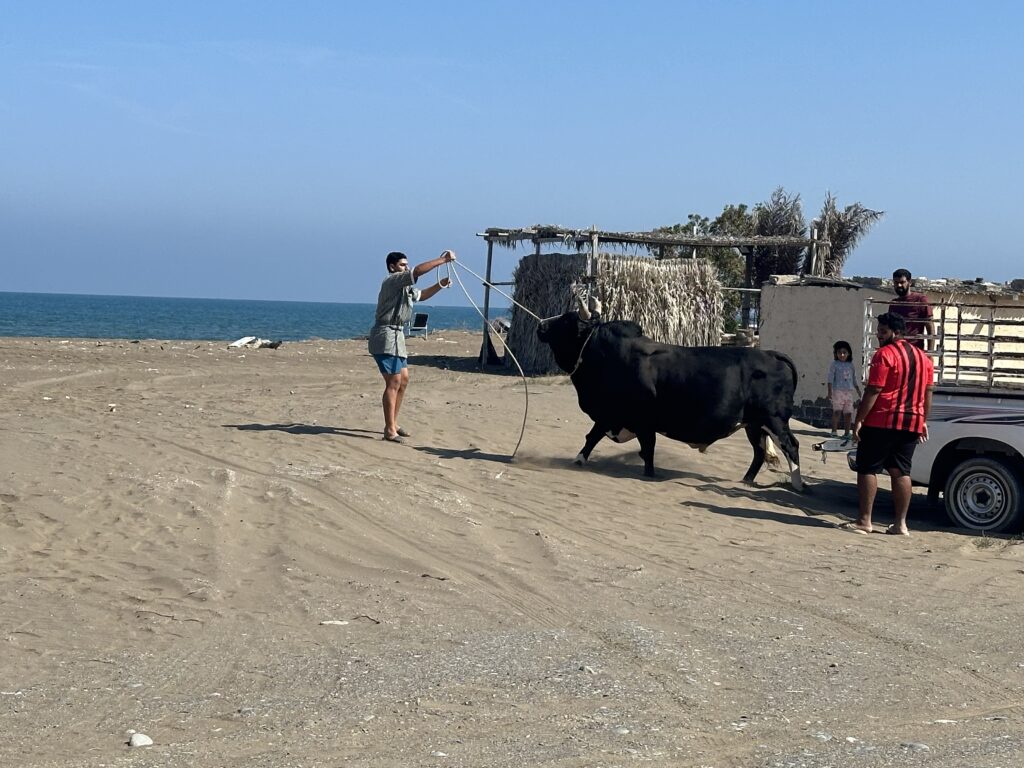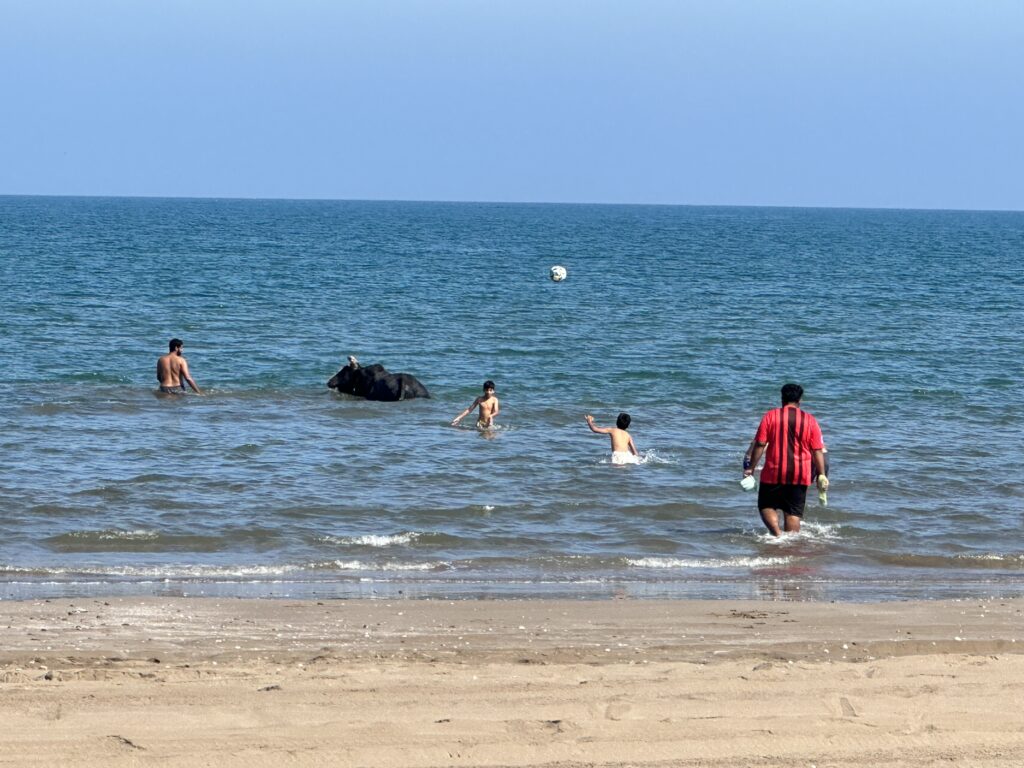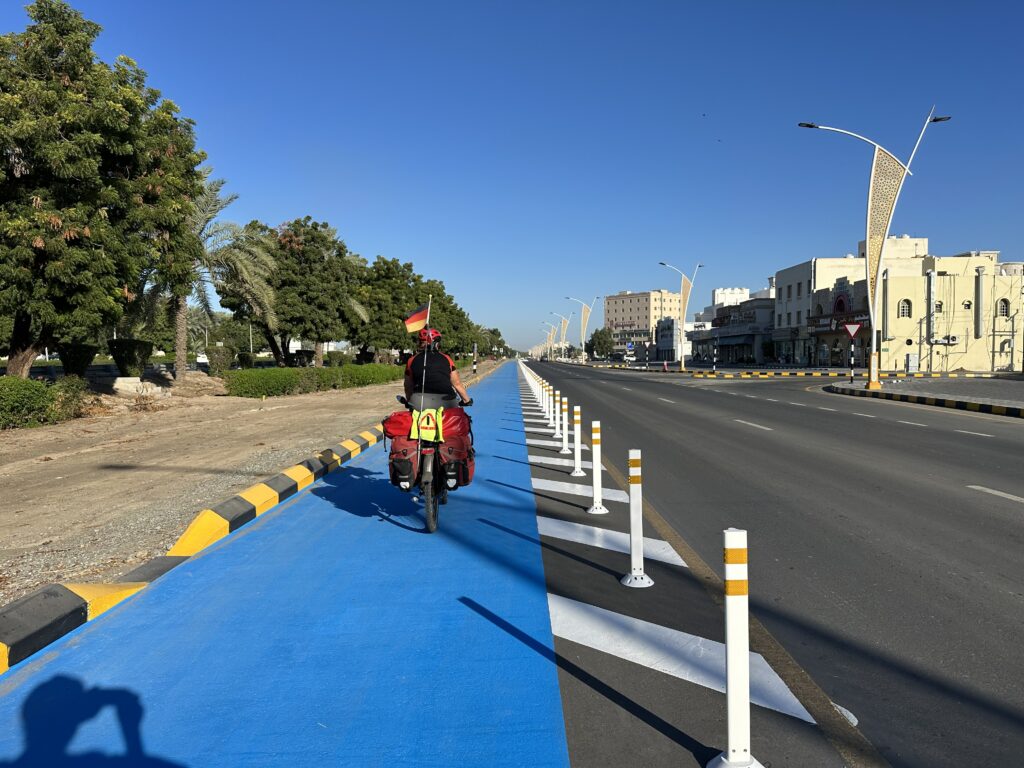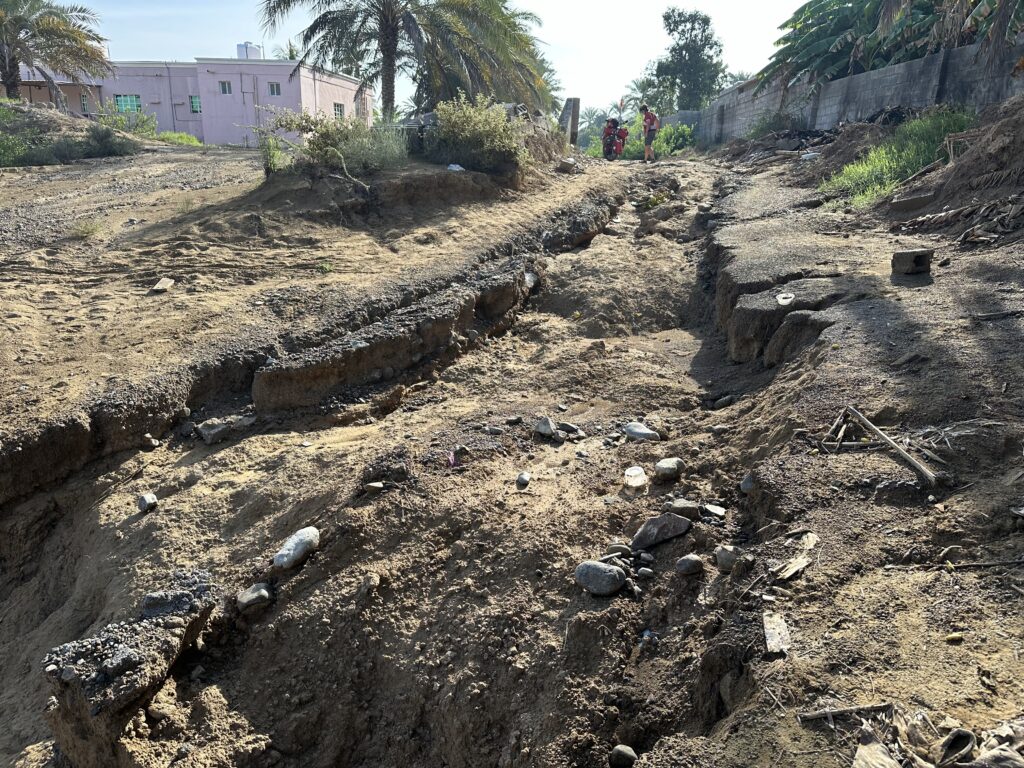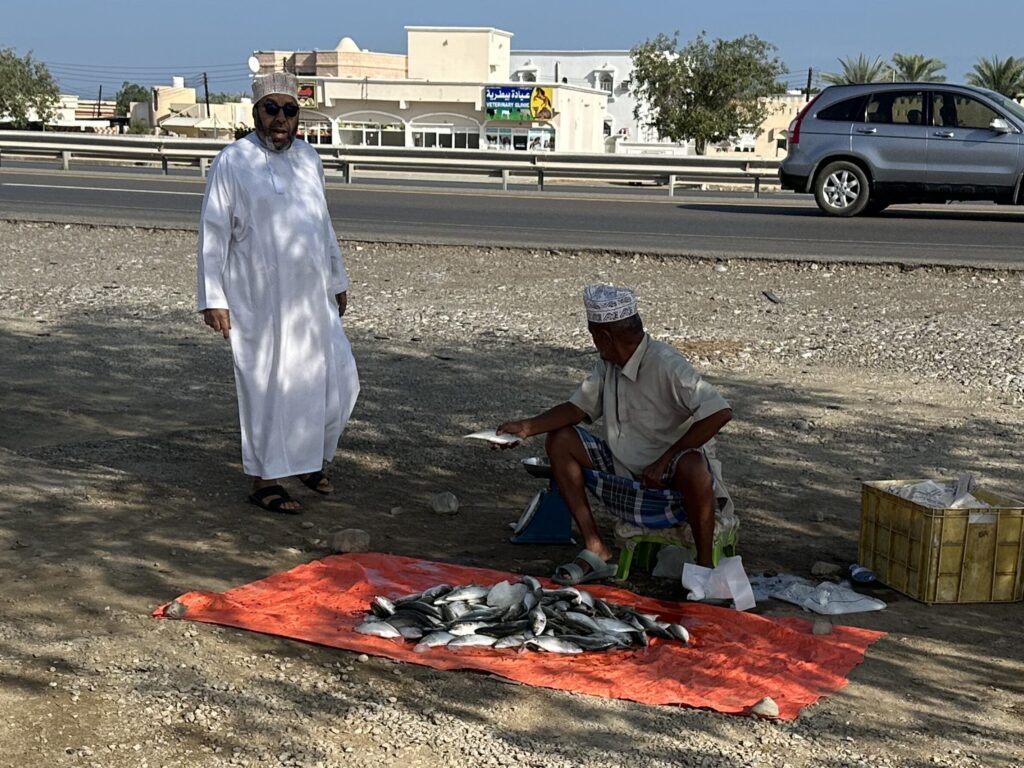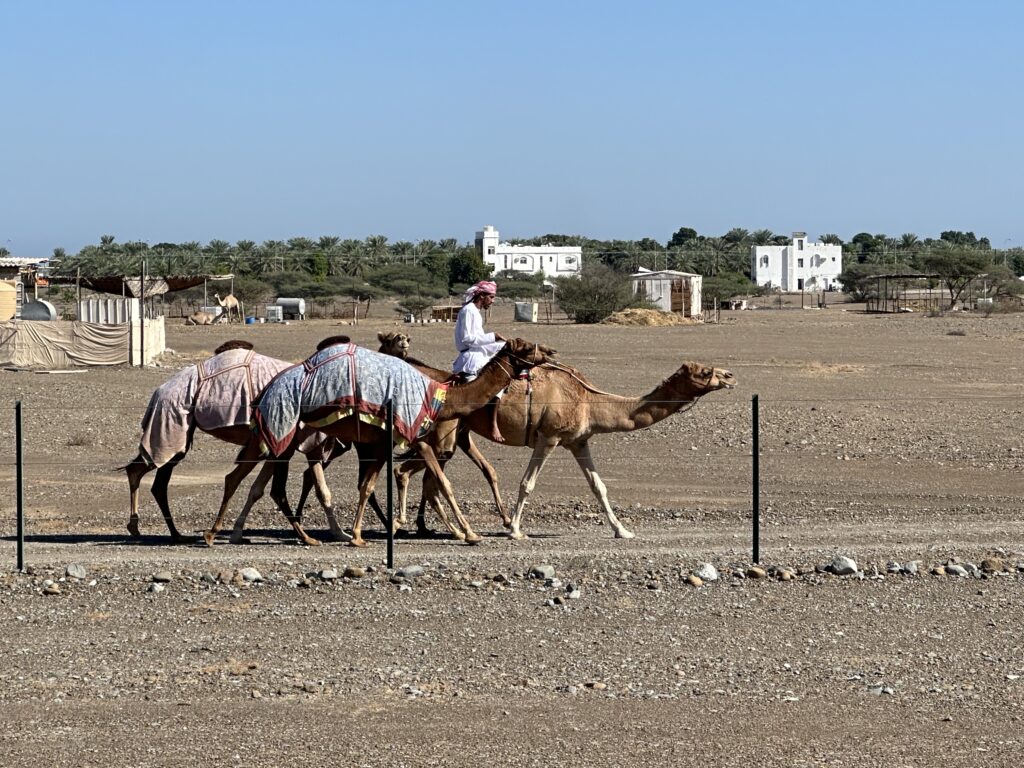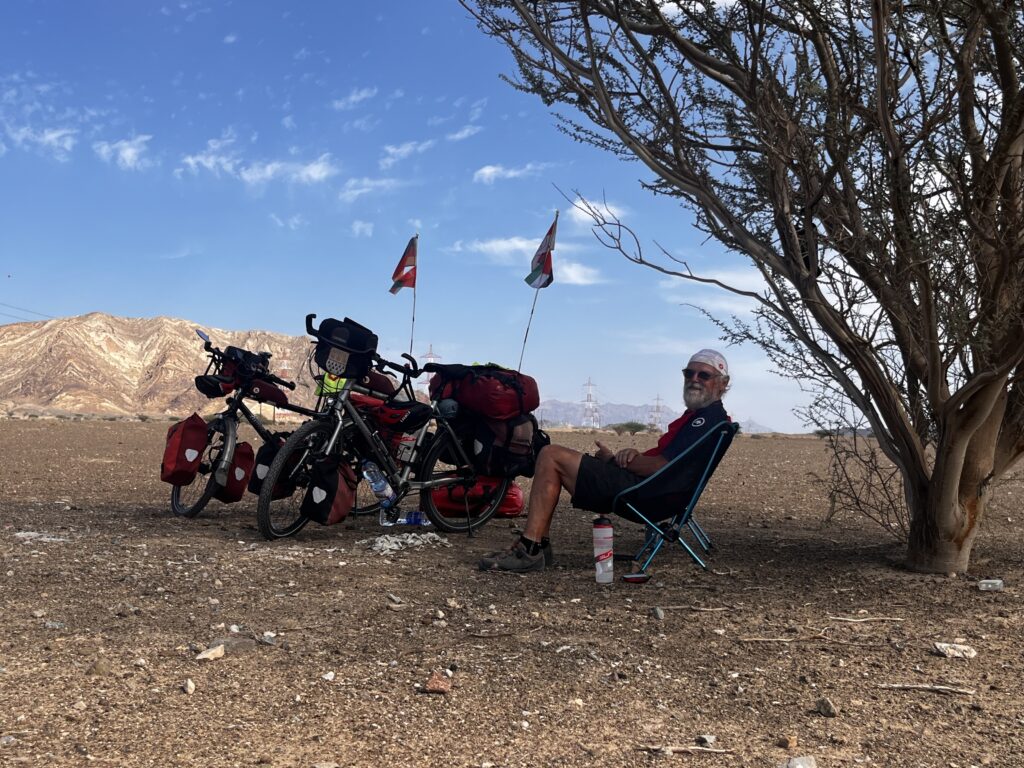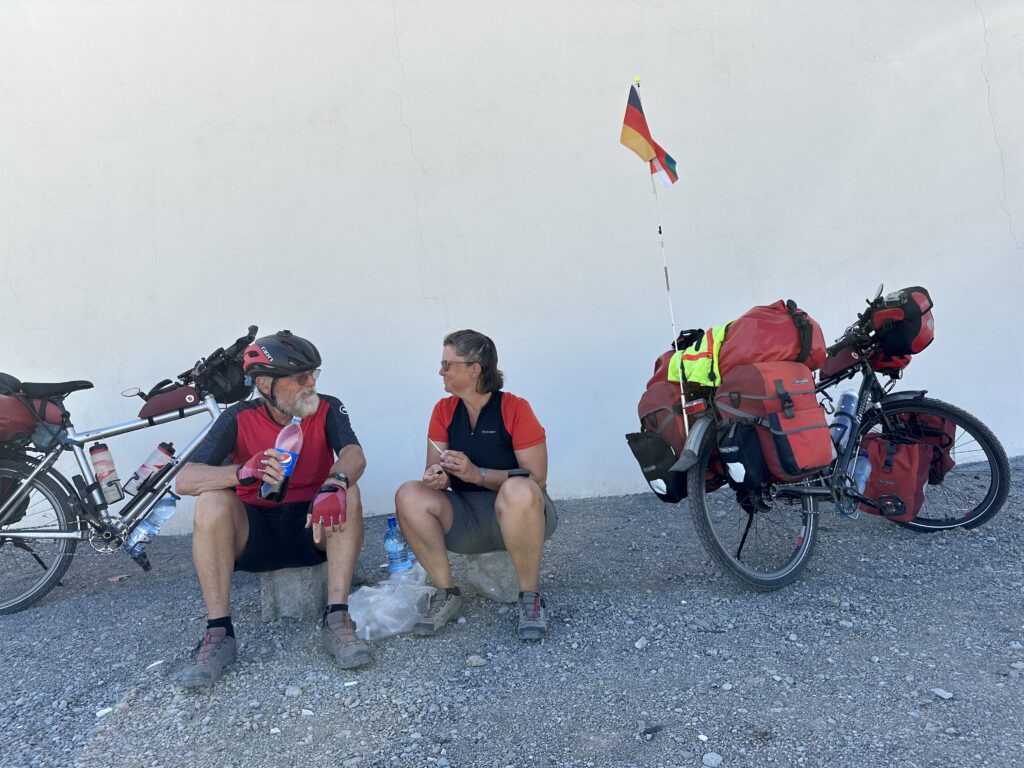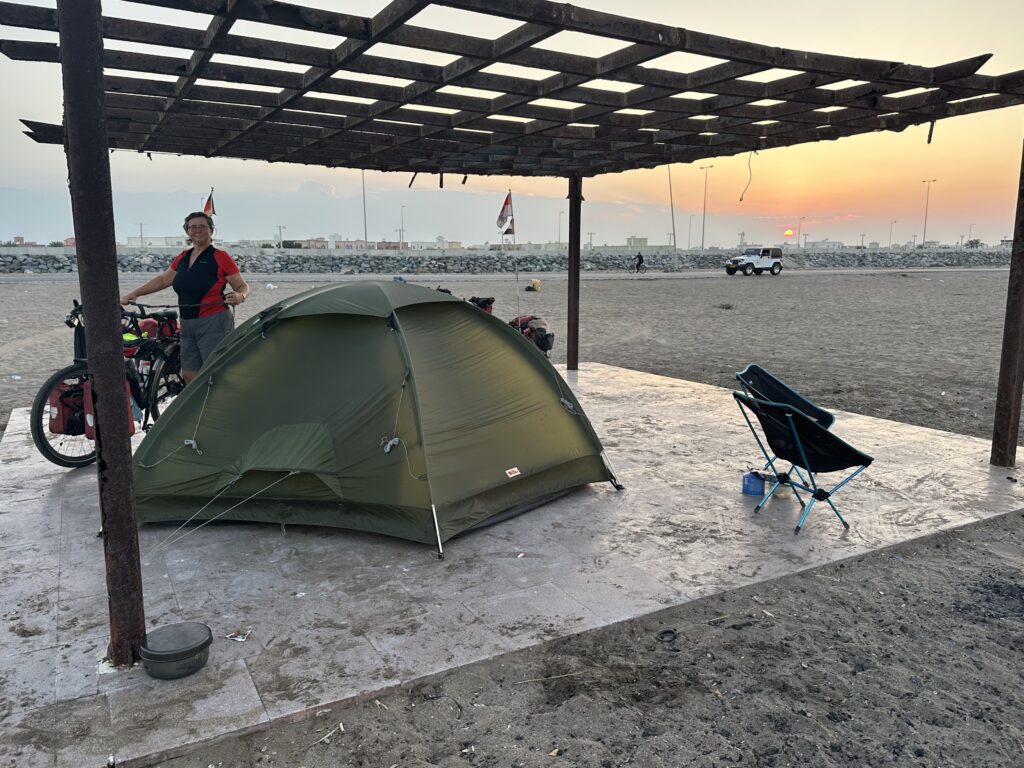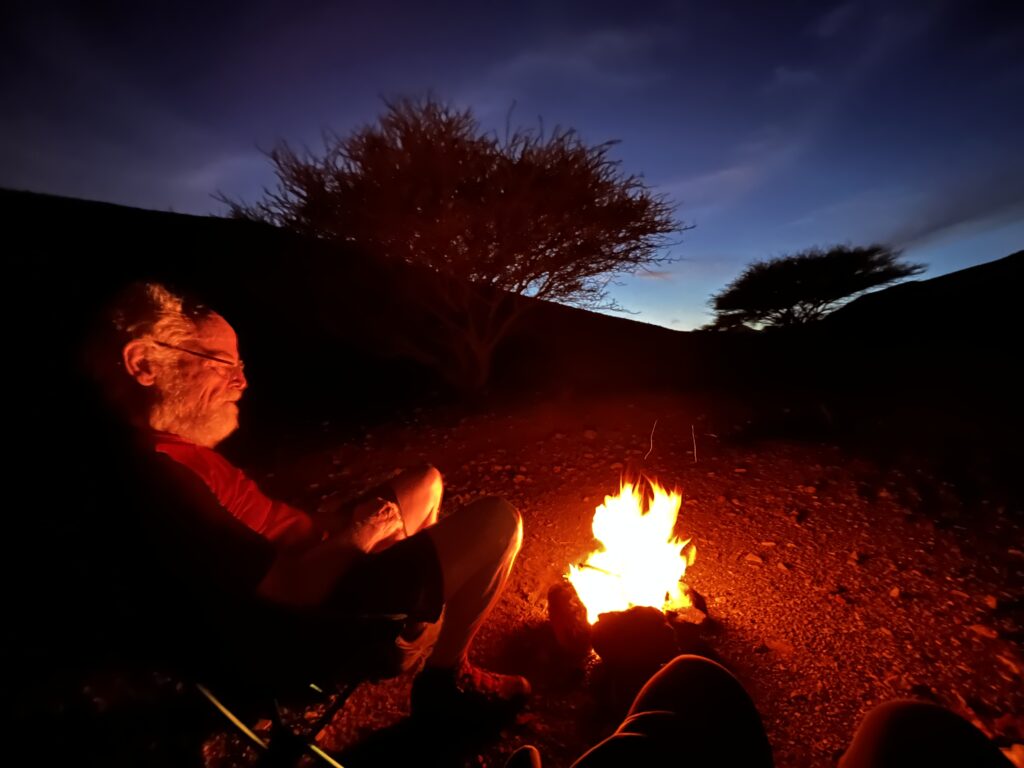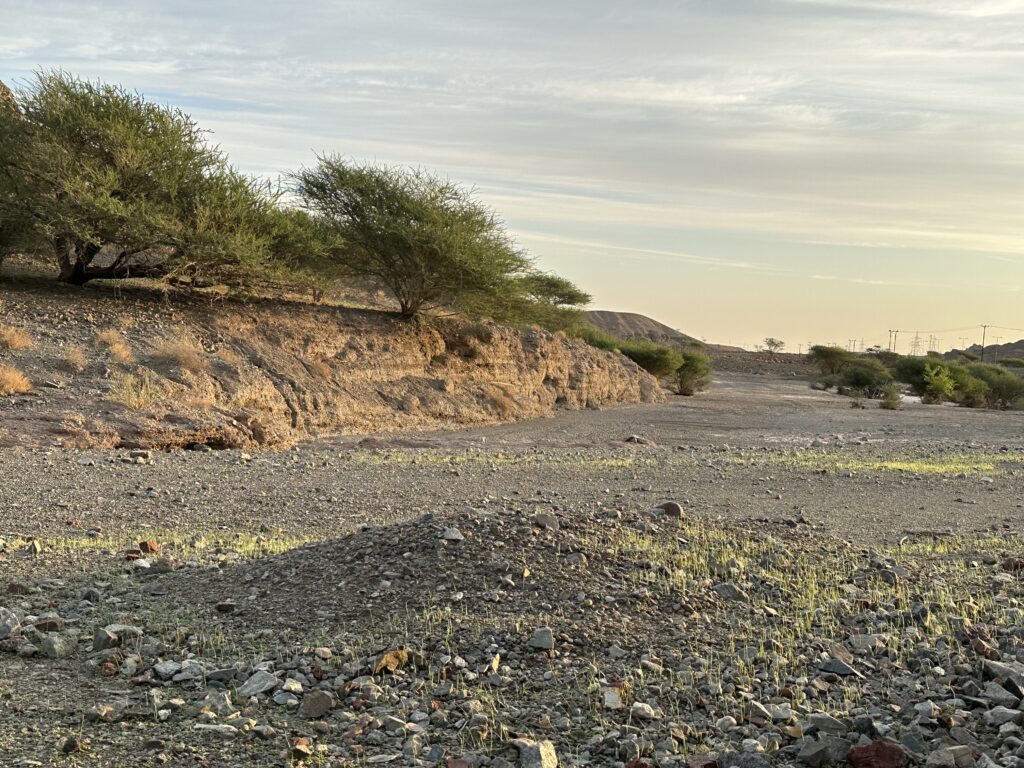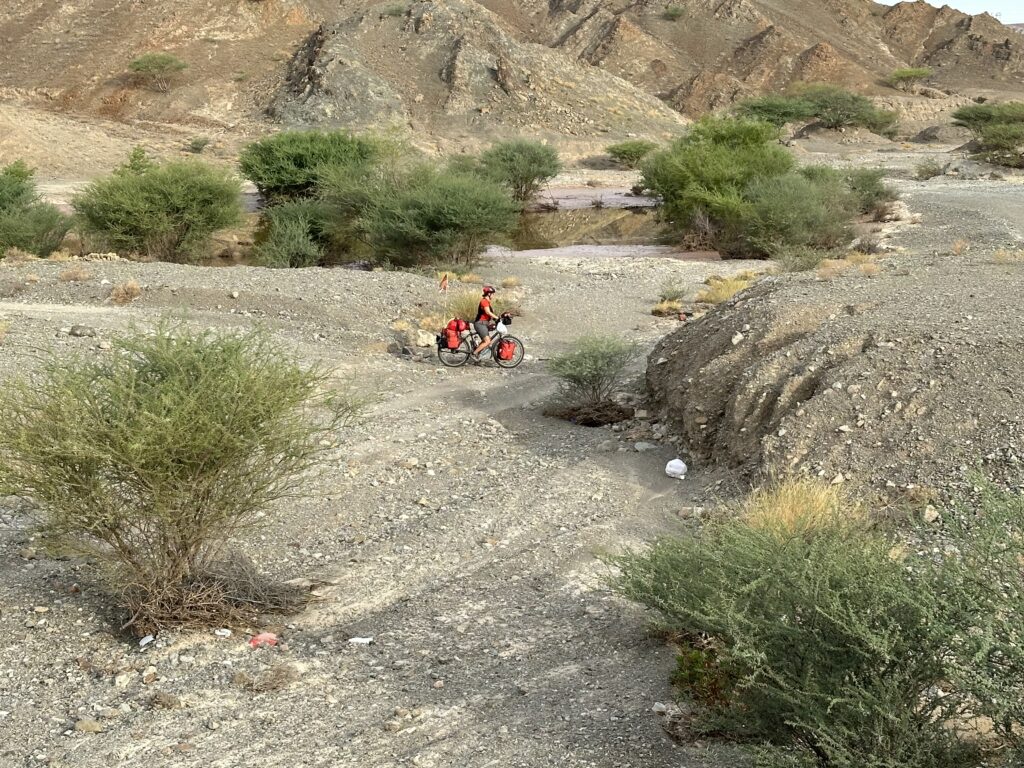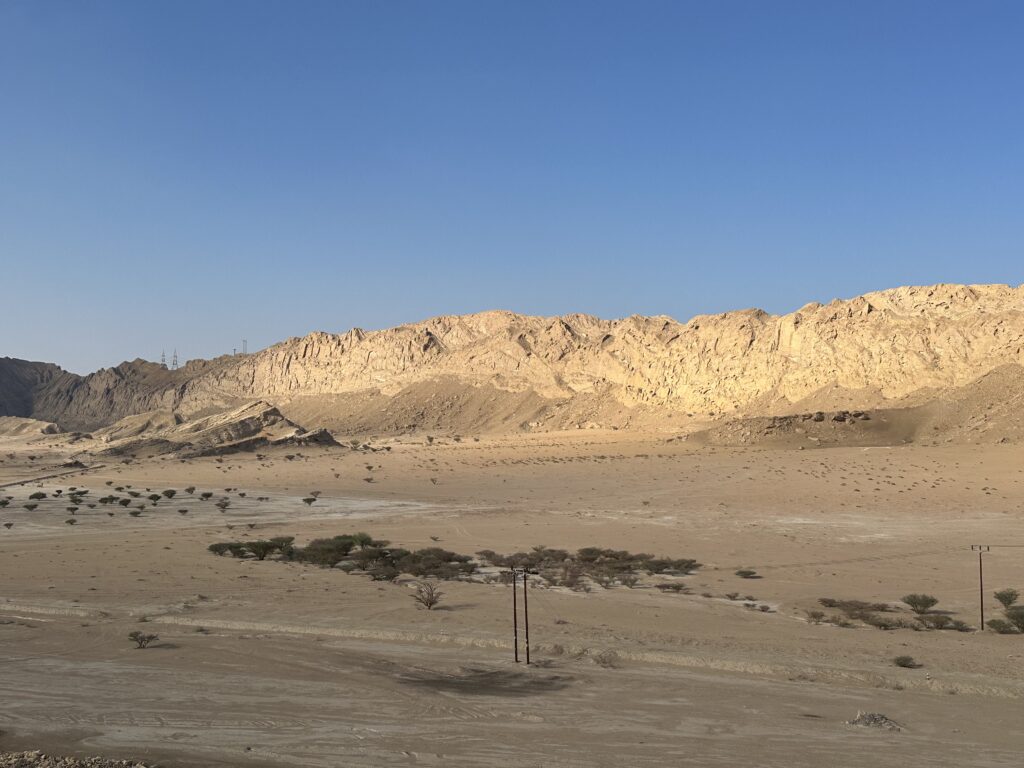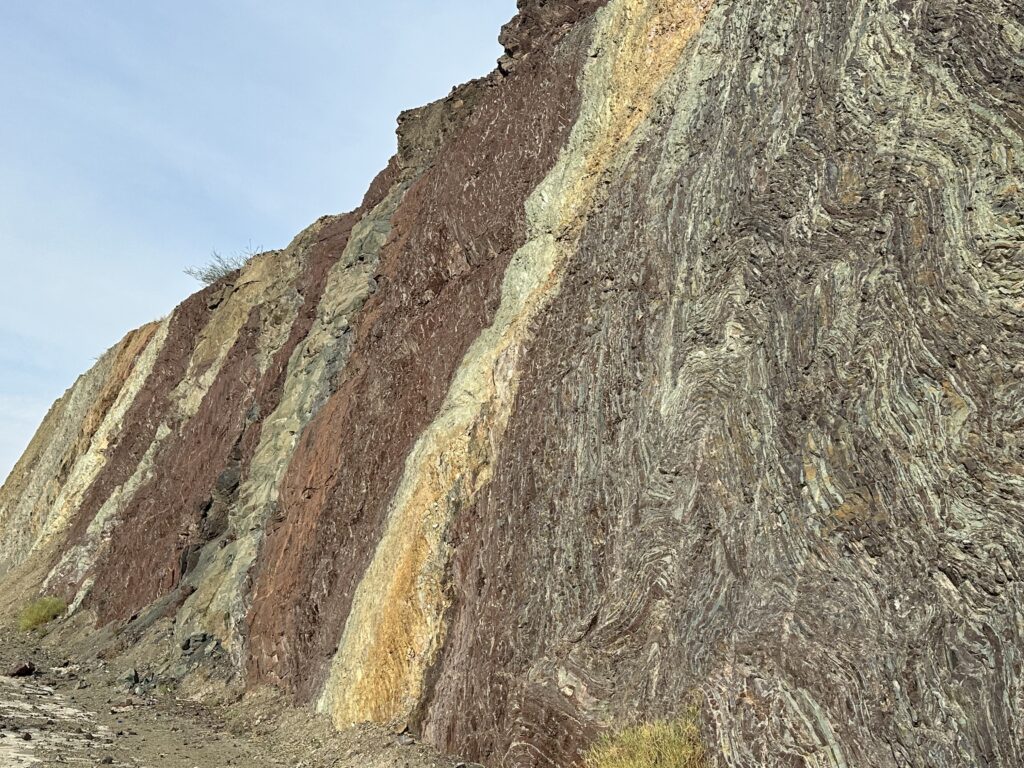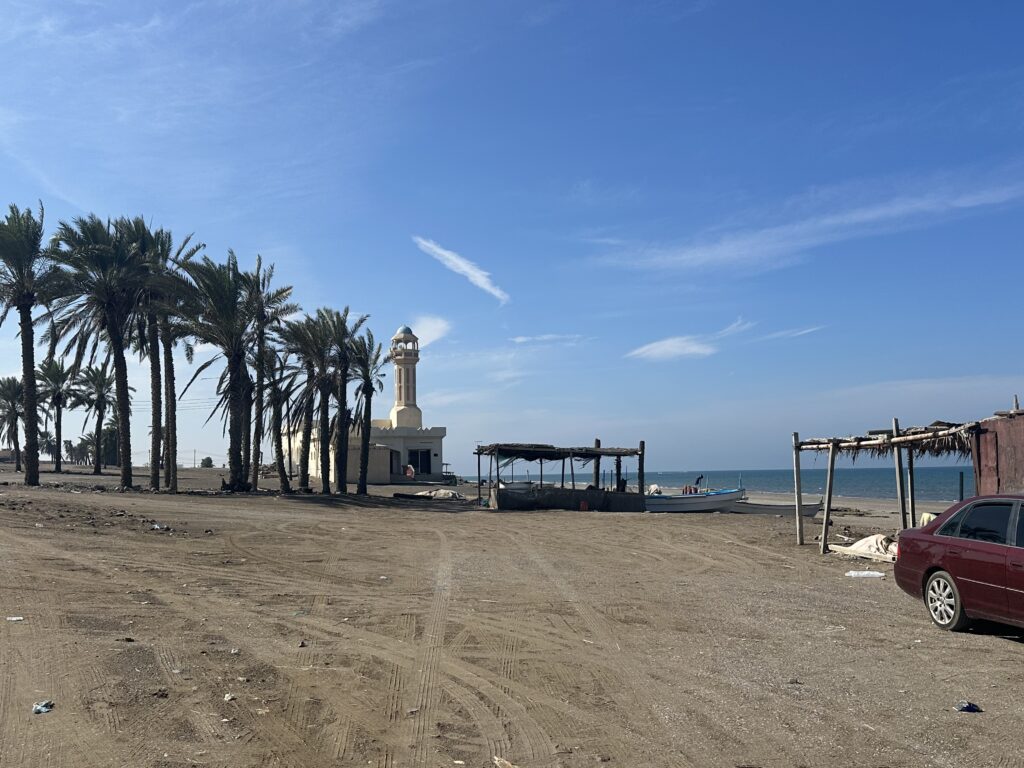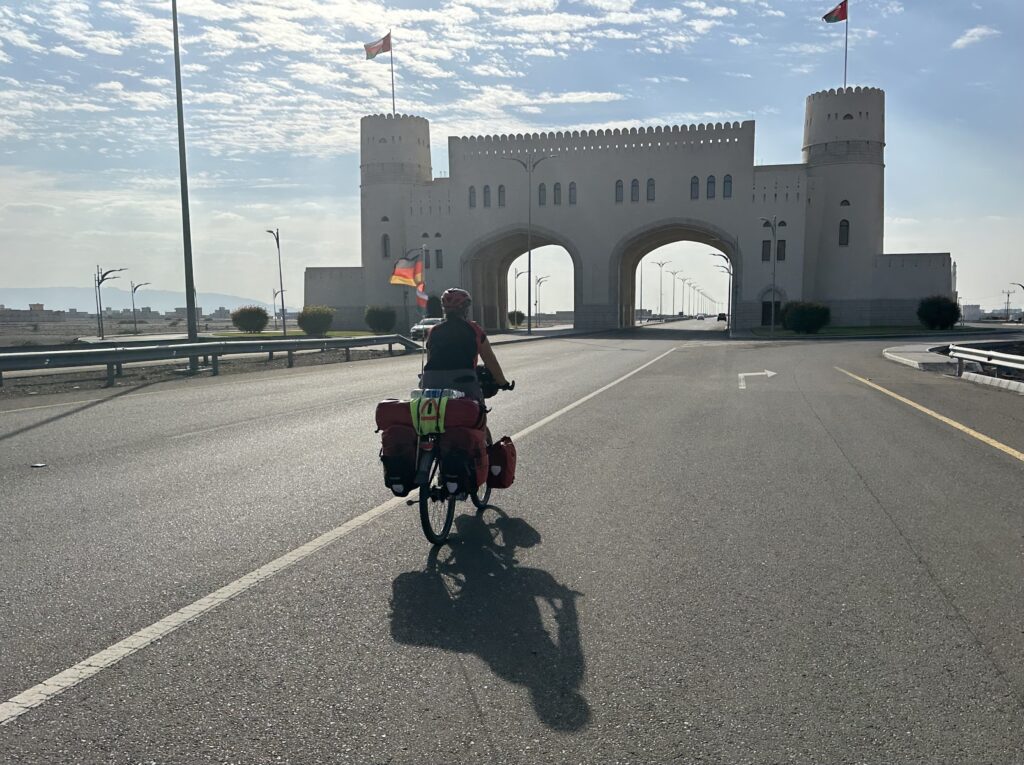The Hadjar Mountains
Click photos for large size
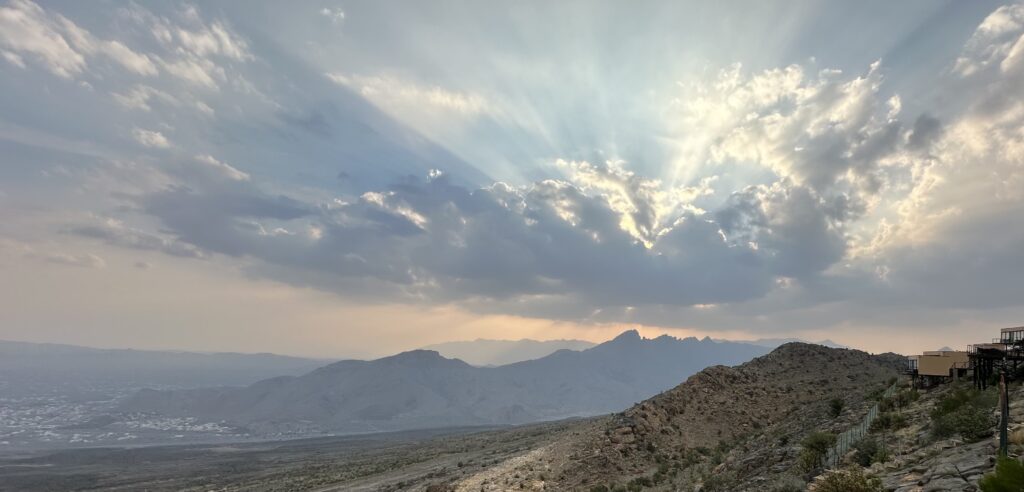
The still pale morning sun struggles to penetrate the wafts of mist billowing from the depths of the 1,000 metre vertical drop of the ‘Gran Canyon of Arabia’, the unique Wadi Ghul, which seem to merge with the low-hanging clouds of the night’s thunderstorm. Only gradually, almost hesitantly, do they finally reveal the view into the frightening depths, into which my fear of heights, which I can hardly control, barely allows me to look down. Just the sight of the mountain goats, who are not plagued by such phobias and who hop around carefree, gives me palpitations.
Shortly before dusk the day before, we had pitched our tent in this supposedly secluded spot with a breathtaking, dramatic view right on the edge of this enormous gorge. What we didn’t realise were four things:
- The beauty and uniqueness of this place was probably more than just an insider tip, as several other nature lovers and landscape admirers set up camp there during the course of the evening, fortunately at a reasonable distance.
- In the middle of the night, we were rudely awakened by the sudden, deafening roar of a gale-force wind, obviously an offshoot of the thunderstorm, whose spectacular sheet lightning had spread across the entire evening sky. The storm shook our Fjellräven geodesist tent menacingly. Luckily, I had had the foresight to use storm lines for the first time when setting up the tent, but I still had to secure the pegs, which were firmly stuck in the rocky ground, with additional heavy stones to ensure we had a safe rest of the night. Fortunately, the wind died down again after about two hours.
- The next morning, we were woken up before sunrise by the inconsiderate behaviour of Eastern European package tourists who had been sold the experience of breakfast on the canyon rim by tour guides – fortunately, because this meant that we also witnessed the impressive spectacle described above.
- Almost more disturbing, but also quite amusing, were the attacks by the mountain goats, which suddenly appeared in large numbers at the start of our breakfast and the breakfast prepared for the tourists as if they had been ordered, and which brazenly and uninhibitedly munched on the delicacies on the table and thus also tasted the contents of my cereal bowl; it took a real duel with a belligerent and obviously hungry goat to defend my breakfast.
This adventure was preceded not only by the almost 900-kilometre return journey from the green Shalala in the south of the country, but also by visits to other impressive sights and scenic beauties:
- We had repeatedly been told that historic Nizwa was an absolute must-see, with its carefully restored old town, which is still under construction and can be entered through a magnificent double-arched gate, and in particular the fortress, one of the oldest in Oman, with its unmistakable 40 metre high round tower. Nizwa was the capital until the 12th century and several times thereafter, including until Sultan Sai Ibn Taimur gained power over the interior of the country with the help of the British in 1955 and visited Nizwa for the first time. The effort of the extremely complicated access to the Antique Inn Hotel in the centre of the old town is rewarded by the special atmosphere in the maze of small streets and narrow alleyways.
- From Nizwa, it is only a short drive to Bahla and Jabreen, which we also visit because of their large fortresses. Bahla particularly impresses us, not at least because of the magnificent view of the plain, which represents the transition from the desert to the Hajar Mountains.
- Nizwa is also our starting point for an excursion to picturesque Al Hamra and the viewpoint, which can be reached from there via an extremely steep, 8-kilometre off-road track, from where you have an absolutely breathtaking view of this village and the mighty 3,000-metre-high Jebel Shams peak. To enjoy this, you can book into ‘The View’ resort for three hundred euros per night, but you don’t have to. We found a wonderful free camp spot right next to it.
- When we visit old Al Hamra, one of the oldest villages in Oman, separated from new Al Hamra by a plantation and inhabited by only a few people, we discover a number of well-preserved examples of traditional building techniques using mud bricks. We feel a certain melancholy at the sight of the obvious decay of this historical heritage.
- We discovered interesting features during our visits to the Necrosis Valley with its rock dwellings above the oasis, in Al Hayn and the beehive tombs there, as well as in Tanuf with the still functioning Falaj or Afladsch, the irrigation system that is unique in the Arab states, which enables a year-round water supply in water-scarce Oman and is a UNESCO World Heritage.
- Our Hajjar excursion ends with a visit to Diana’s Viewpoint, from where the former crown princess once enjoyed the fantastic view from the Saiq Plateau on Jebel Akhdar, the roof of Oman, just as we did.
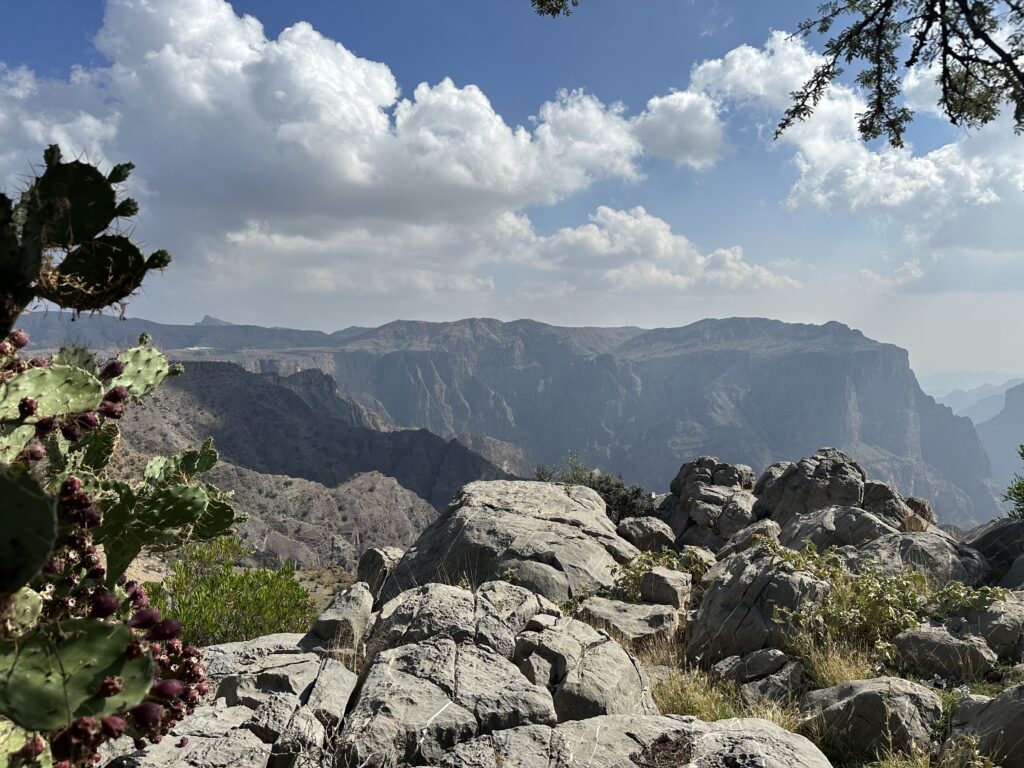
Only three days in the Hajar Mountains and yet we take home some of the most intense impressions from this excursion into Oman’s wild mountain world, which we round off with a stopover at our familiar Muscat Express Hotel before we finally set off again on our bikes.
After successfully repairing the transport damage to my bike and fitting the spare part flown in from Germany, we set off in a north-westerly direction along the coast, along which small fishing villages line up like a string of pearls and which takes us in three stages to the city of Sohar, mainly inhabited by Indians.
After a turn to the west, we reach the border town of Buraimi in two mountain stages over the more than 600 metre high pass in the Hajar foothills, where we are initially denied the direct border crossing into the United Emirates to Al Ain and a diversion of 50 km back to use the border post in Kathma Al Shikal is imposed on us – just a tiny drop of bitterness in the great experience of a month-long round trip through this wonderful country.
